Mantoidea (Mantises) are an insect order containing over 2,400 species in about 460 genera in 33 families and closely related to termites and cockroaches. Mantises are distributed worldwide in temperate and tropical habitats, have triangular heads with bulging eyes supported on flexible necks. Their elongated bodies may or may not have wings, but all Mantises have forelegs that are greatly enlarged and adapted for catching and gripping prey. Mantises are generalist ambush predators of arthropods, but some actively pursue their prey.
Mantises have large, triangular heads with a beak-like snout and mandibles. They have two bulbous compound eyes, three small simple eyes, and a pair of antennae. Mantises have two grasping forelegs for catching and holding prey securely will they are consumed alive.
Mantises can be loosely categorized as long-winged, short-winged, vestigial-winged, or wingless. For winged species, they have two sets of wings: the outer wings, are usually narrow and leathery and function as camouflage and as protective covering for the hindwings, which are clearer and more delicate. The abdomen of all mantises have 10 segments with the abdomens in males being slimmer than females but ends in a pair of cerci in both sexes.
Mantises have stereo vision and locate their prey visually. The eyes are widely spaced and laterally situated, giving mantises wide binocular field of vision and precise stereoscopic vision at close range. Detection of prey is by movement, after which the mantis zeros in and focuses, all other tracking after are by movements of the mantis’s head to keep the image centered. The dark spot on each eye that moves as it rotates its head is a pseudopupil which are actually caused because the ommatidia that are viewed “head-on” absorb the incident light, while those to the side reflect it.
Mantises are active in the day as they are heavily reliant on vision. Many species however fly at night and are attracted to artificial lights, they also tend to be predominately males which locate less-mobile females by detecting their pheromones. Night flight is also a strategy mantises use for predator avoidance since most bird predators are diurnal.
Besides birds, they are also preyed on by other vertebrates such as frogs and lizards, but also by invertebrates such as spiders, large hornet species, and ants. Generally, mantises protect themselves by camouflage, most species being cryptically colored and to resemble foliage. This allows them to avoid predators and ambush prey. Those that live on uniformly colored surfaces such as bare earth or tree bark are dorsoventrally flattened so as to eliminate shadows and give away their location.
Mantises, like phasmids, move with a slow rocking behavior, making rhythmic, repetitive side-to-side movements. This may function as enhanced crypsis by resemblance to vegetation moving in the wind or allowing the insects to discriminate objects from the background by their relative movement.
In temperate climates the mating season is in autumn, while in tropical areas, mating occurs year-round or usually coincides with rainfall patterns. After courtship, the male usually leaps onto the female’s back, clasping her thorax and wing bases with his forelegs. He then arches his abdomen to deposit and store sperm in a special chamber near the tip of the female’s abdomen. The female deposits her eggs in a frothy mass-produced by glands in the abdomen. This froth hardens, creating a protective capsule, called the ootheca. Depending on the species, the ootheca can be attached to a flat surface, wrapped around a plant, or even deposited in the ground.
Sexual cannibalism is common among most predatory species of mantises. Around 90% of the predatory species of mantises exhibit sexual cannibalism.The female may begin feeding by biting off the male’s head, and if mating has begun, the male’s movements may become even more vigorous in its delivery of sperm.
The reason for sexual cannibalism has been debated; experiments show that females on poor diets are likelier to engage in sexual cannibalism, while some hypothesis suggest that submissive males remain mounted on hungry females for a longer time increasing chance of fertilization.
Source: Wikipedia
Family Deroplatyidae
Subfamily Deroplatyinae
Tribe Deroplatyini
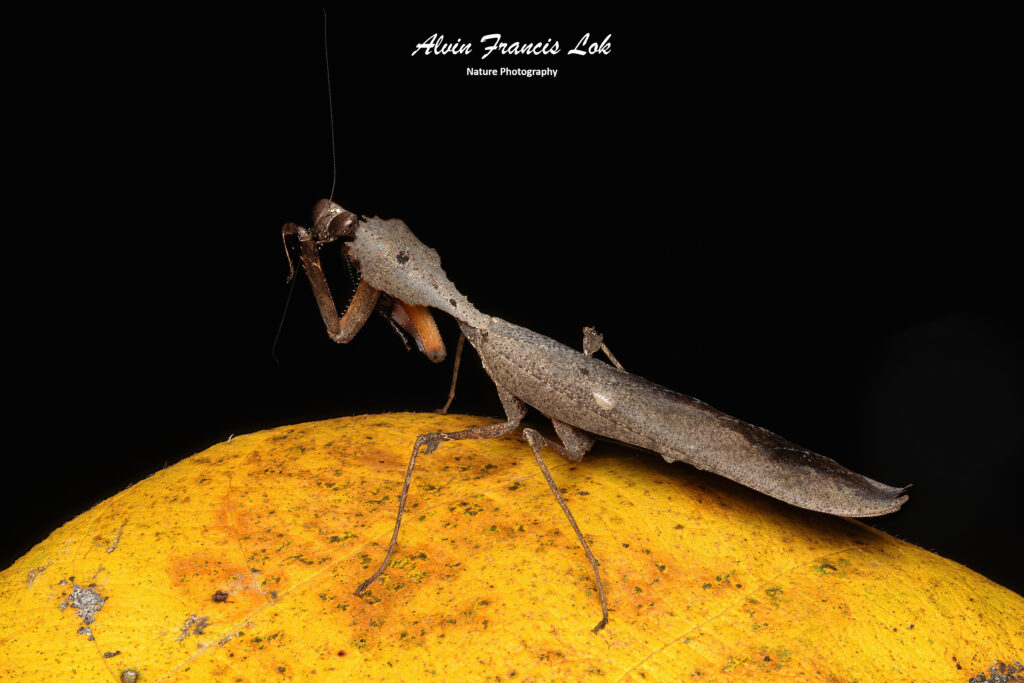
(Sabah, Malaysia)
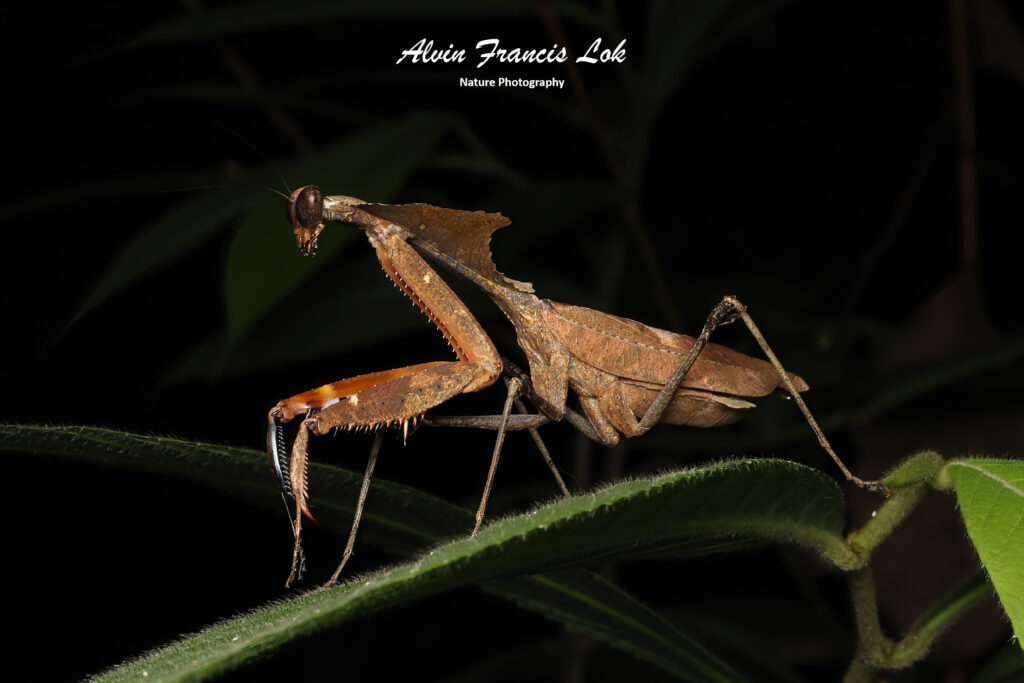
(Singapore)
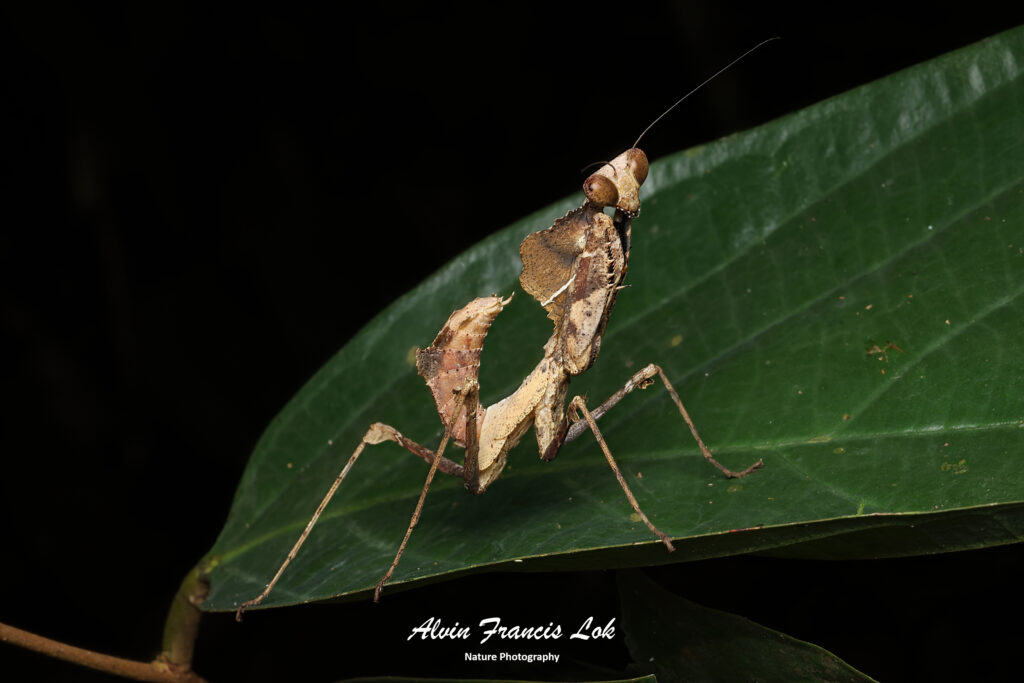
(Kalimantan, Indonesia)
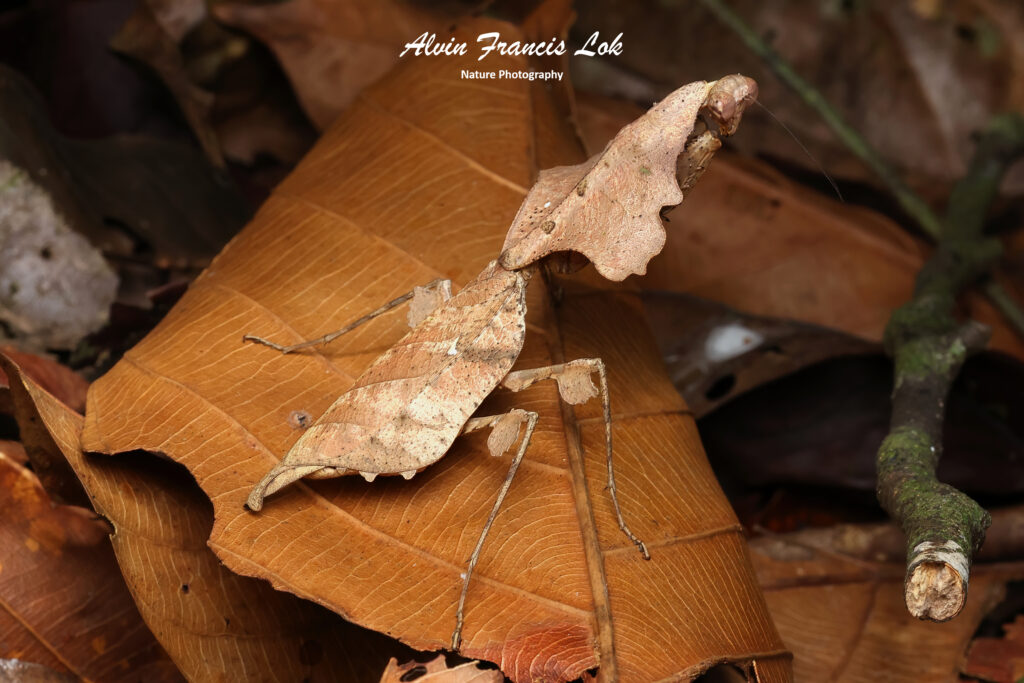
(Sabah, Malaysia)
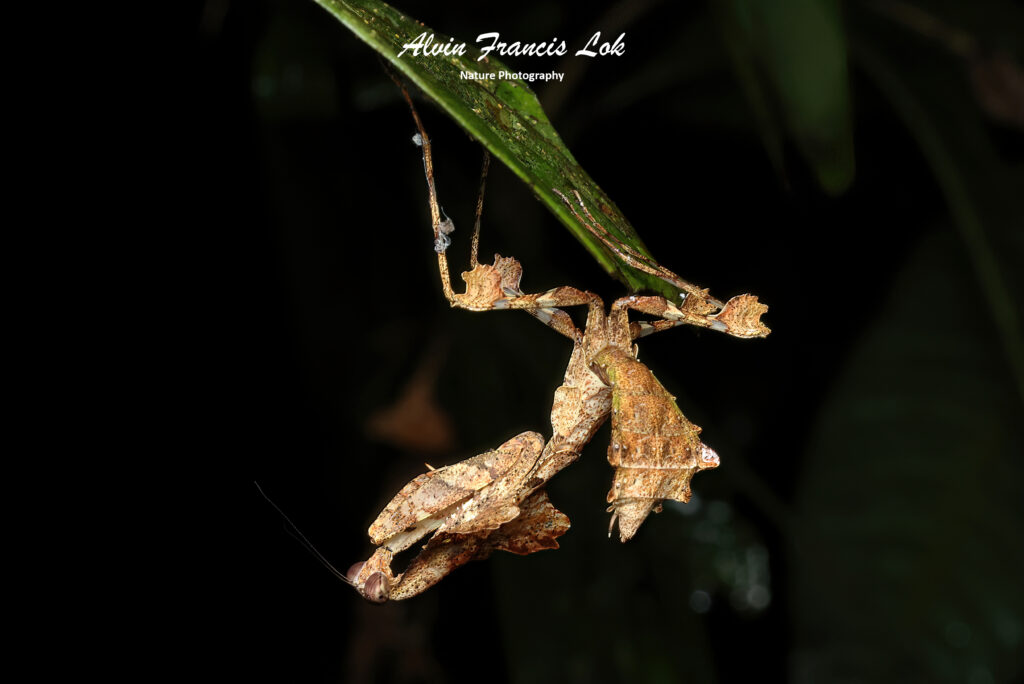
(Sabah, Malaysia)
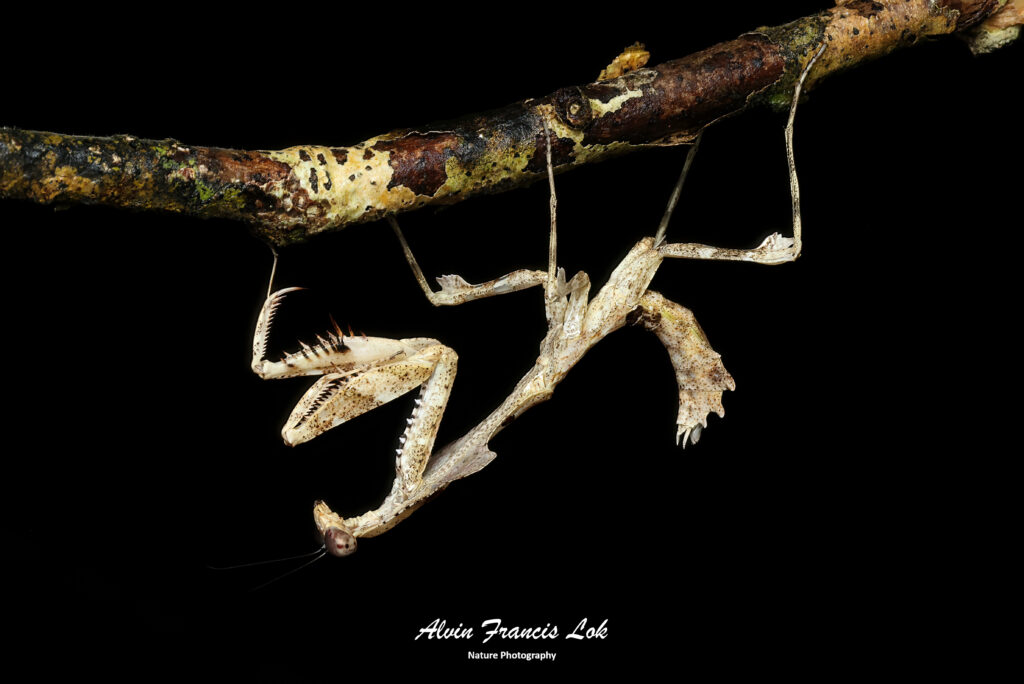
(Sarawak, Malaysia)
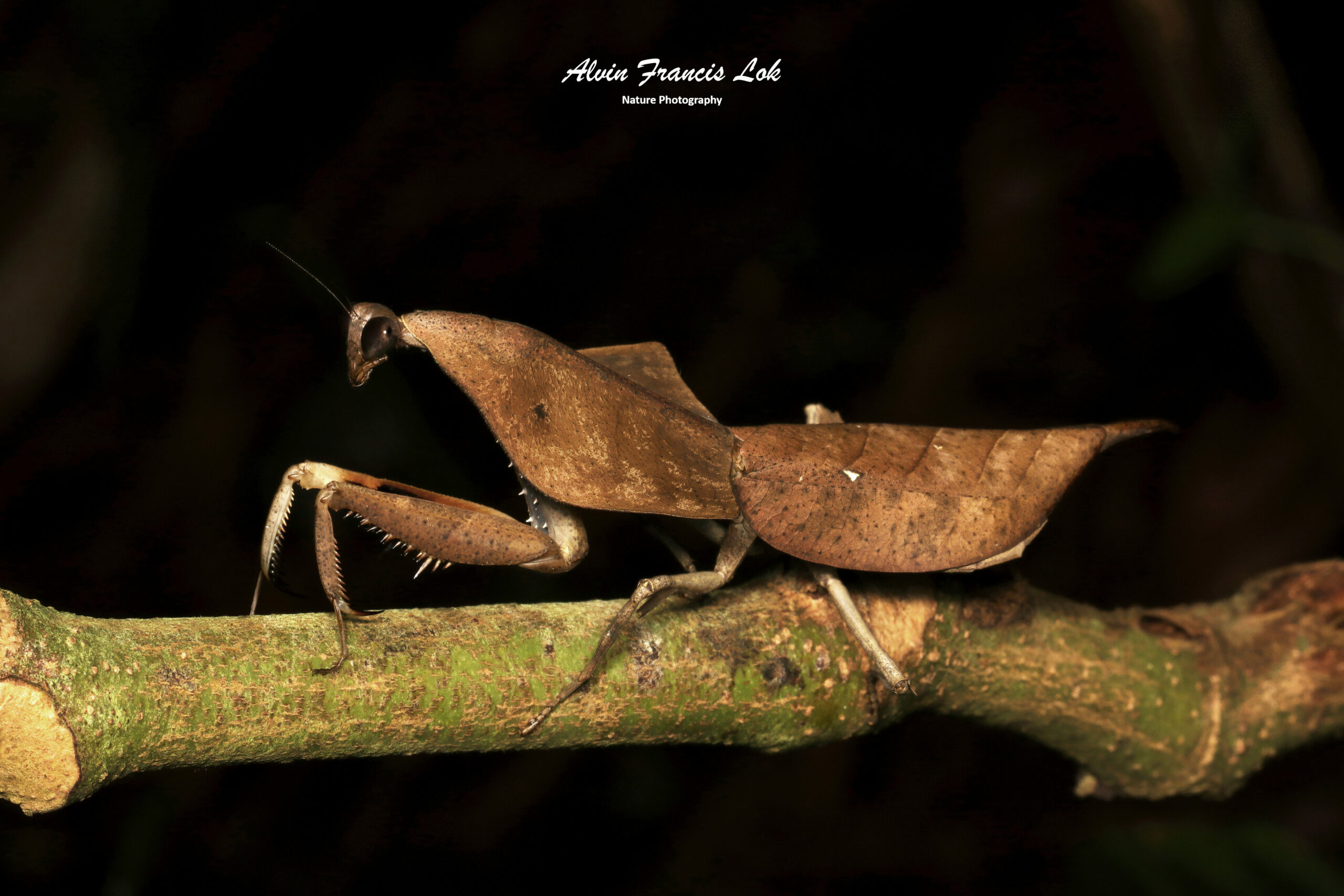
(Singapore)
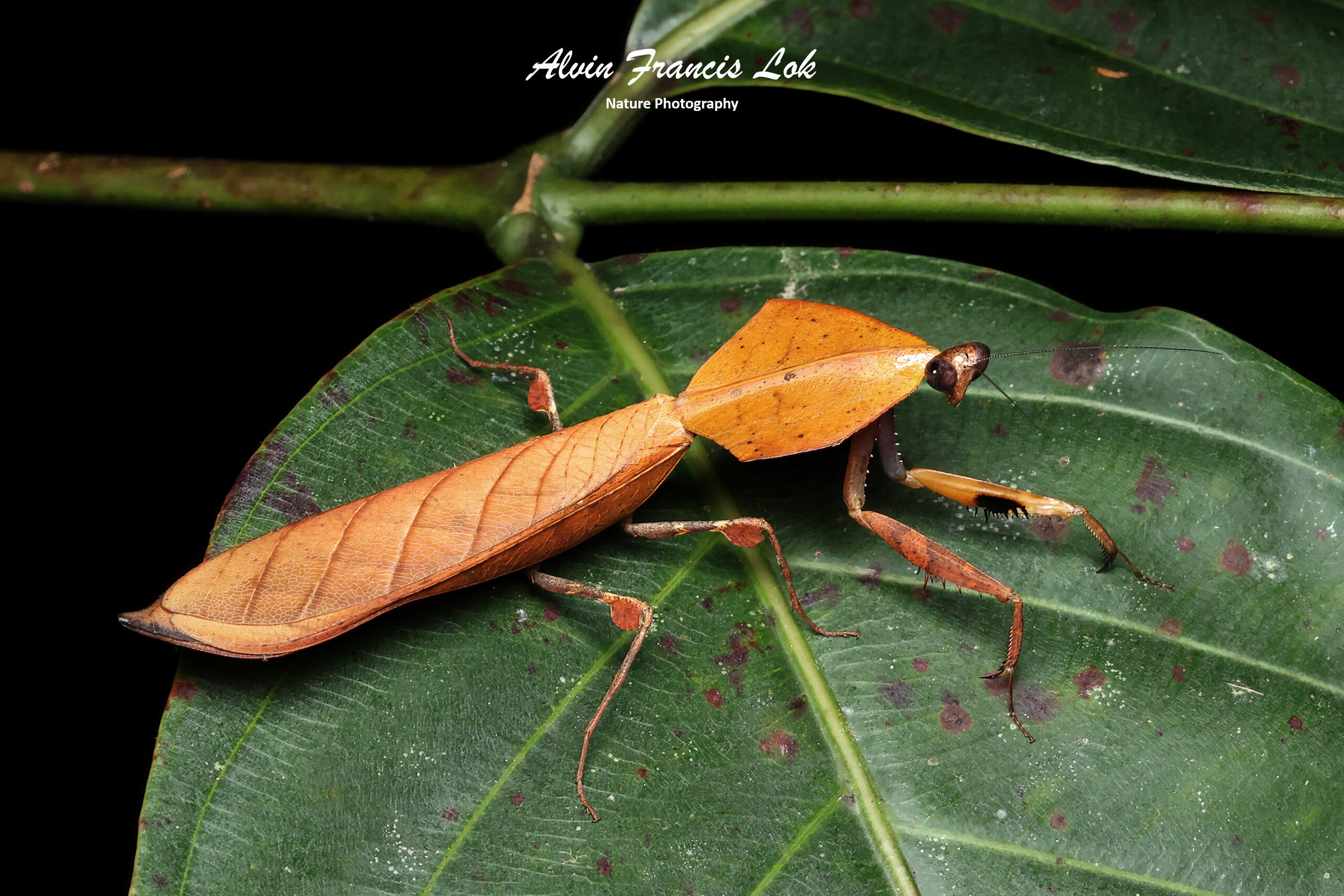
(Sabah, Malaysia)
Tribe Euchomenellini
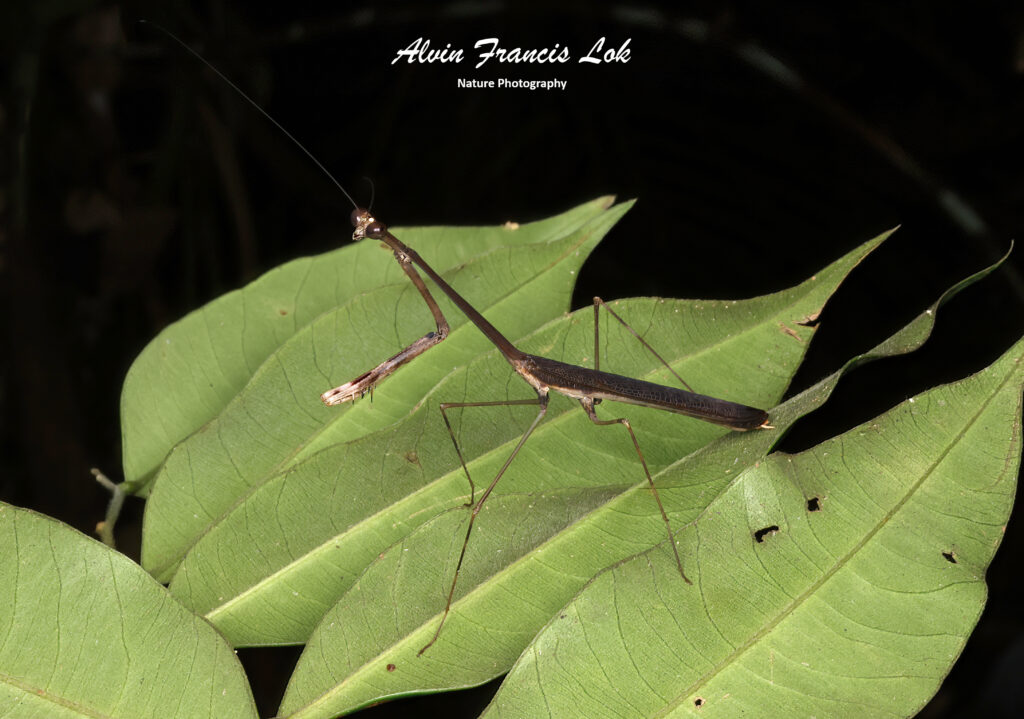
(Singapore)
Family Gonypetidae
Subfamily Gonypetinae
Tribe Gonypetini
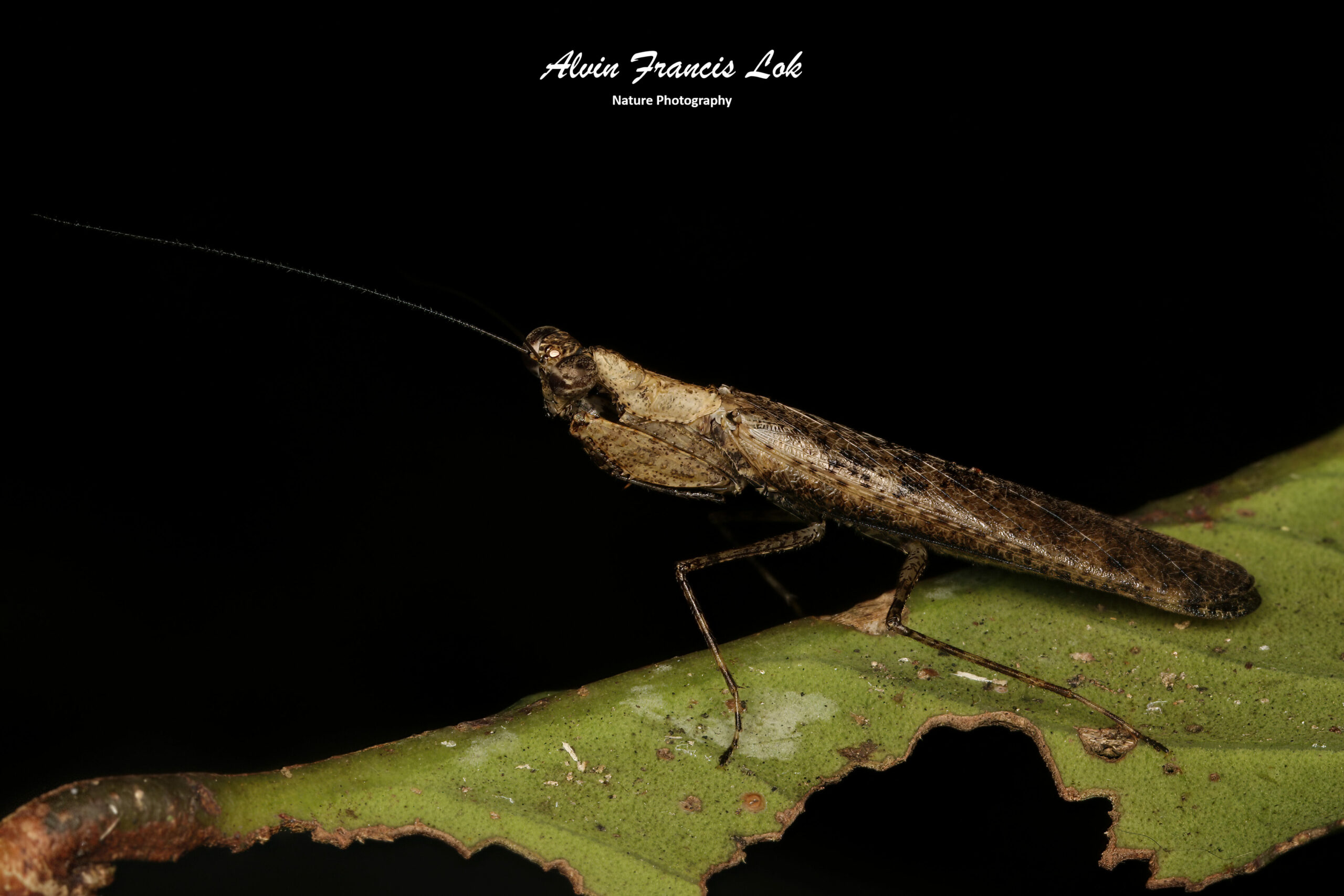
(Singapore)
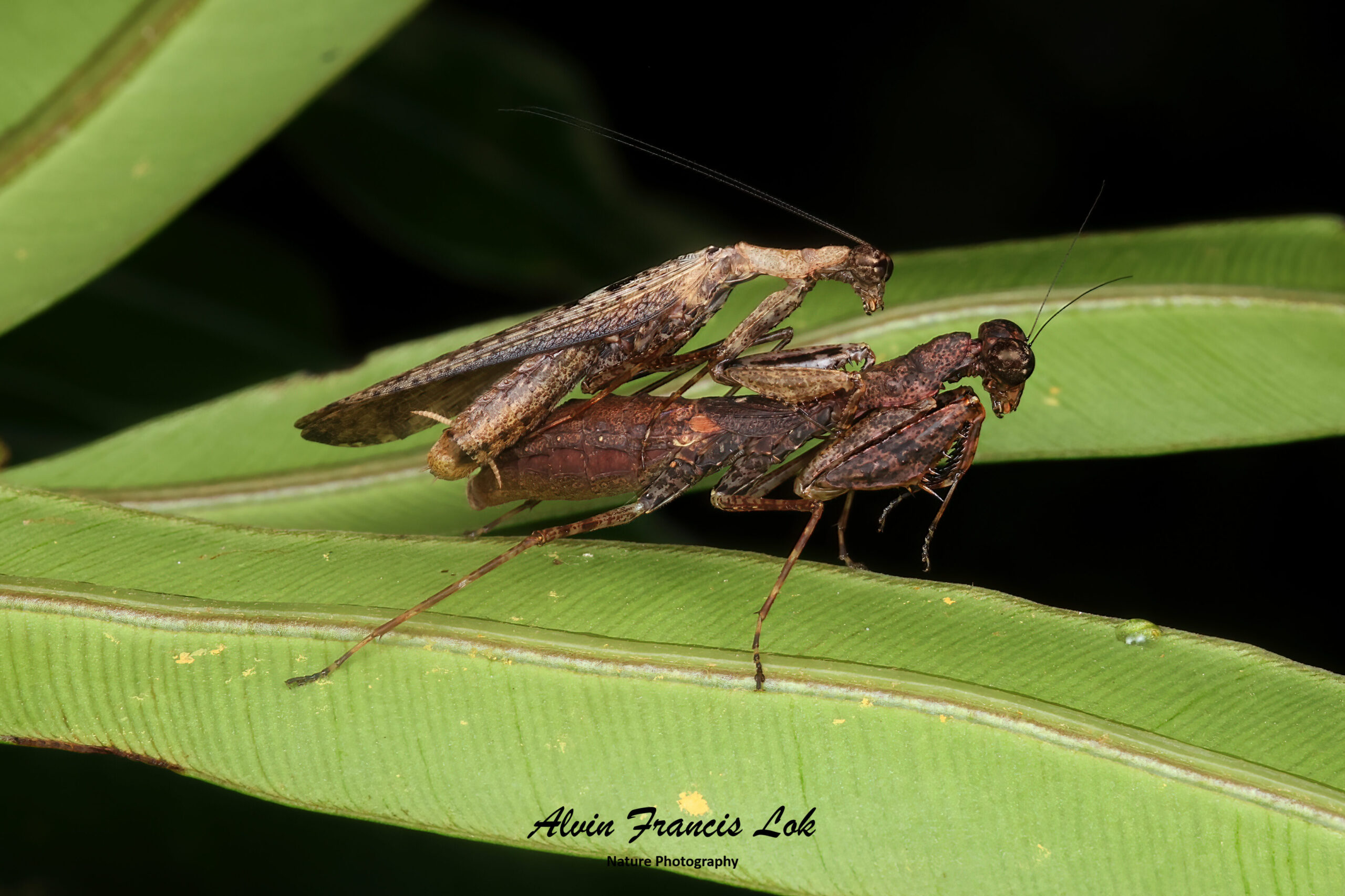
(Singapore)
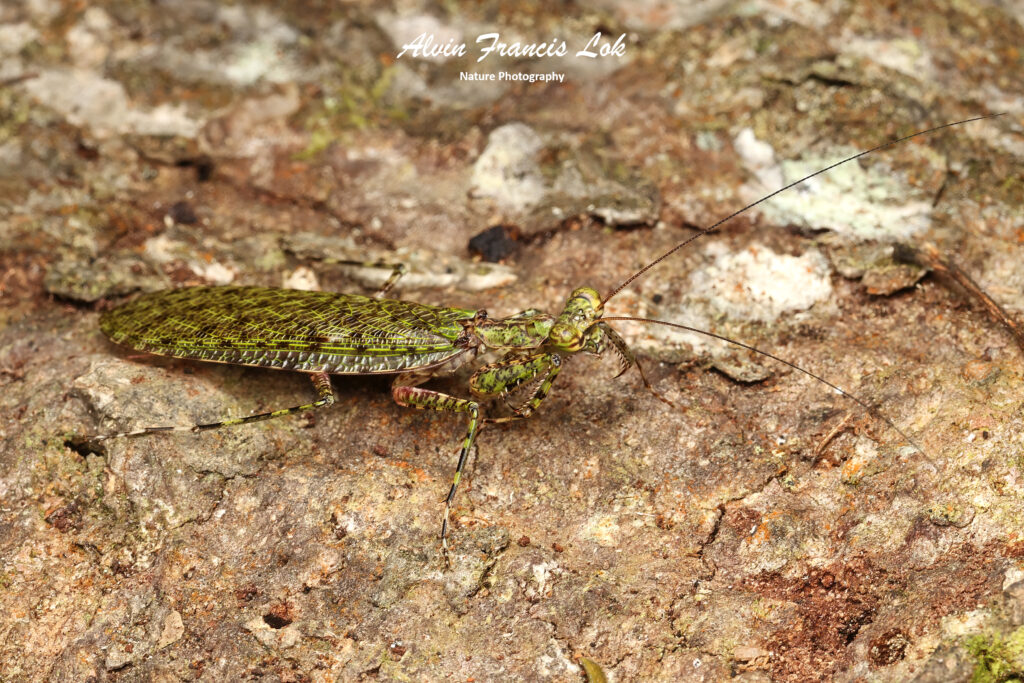
(Sabah, Malaysia)
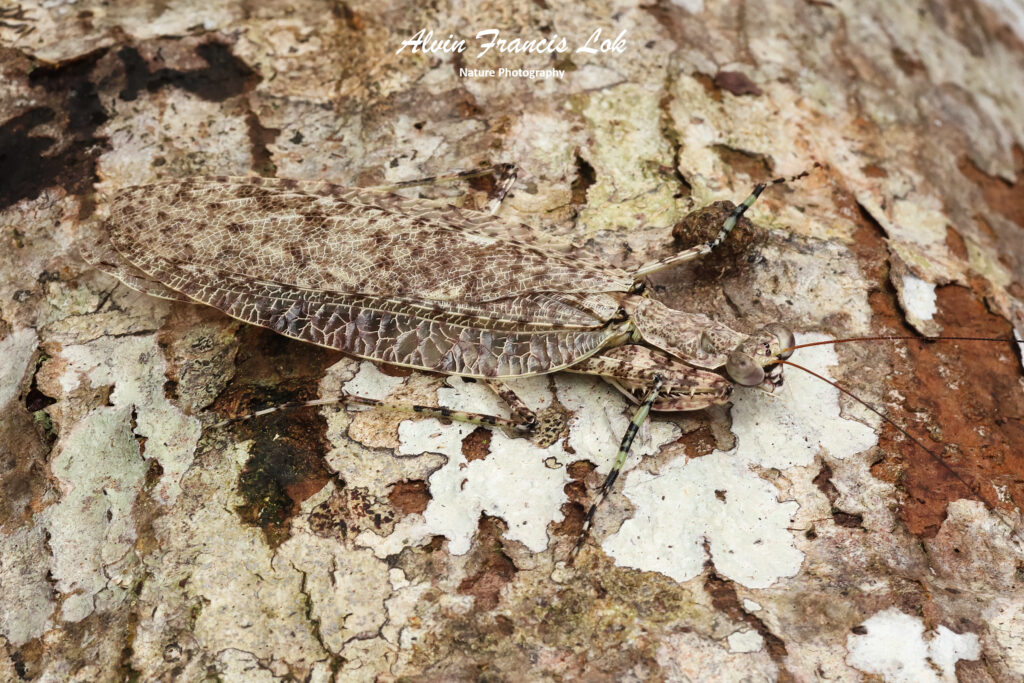
(Sabah, Malaysia)
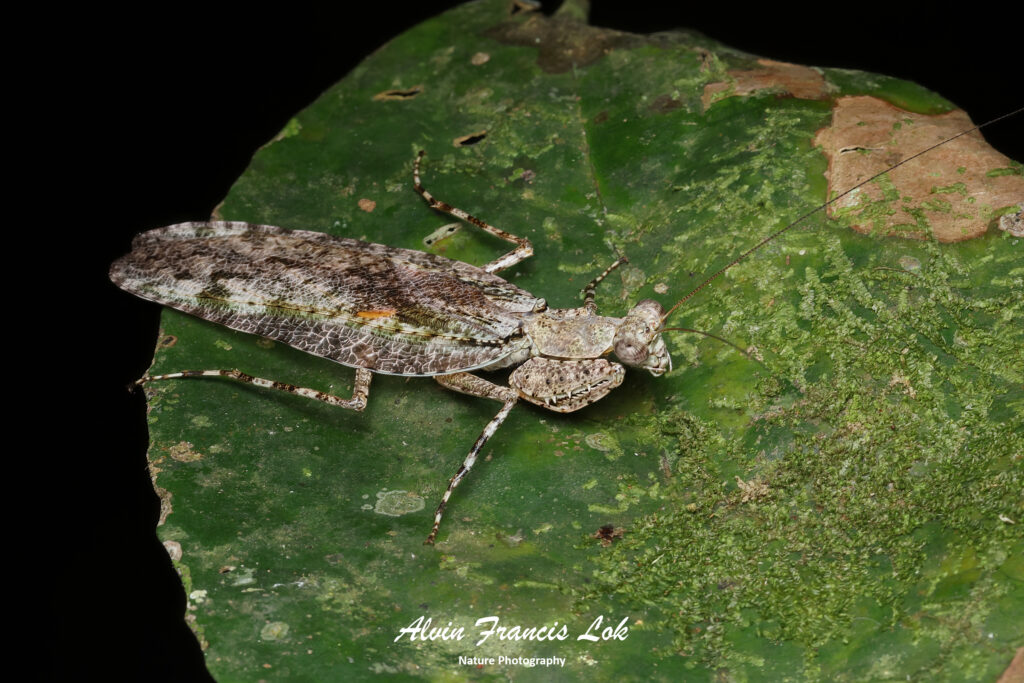
(Pahang, Malaysia)
Subfamily Iridopteryginae
Tribe Iridopterygini
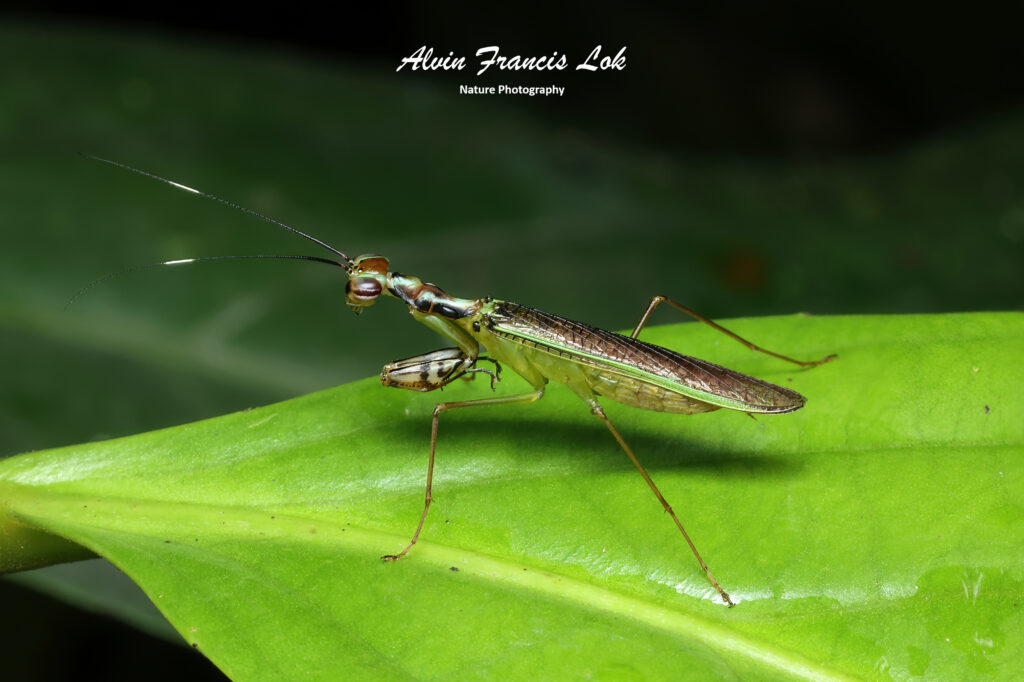
(Sarawak, Malaysia)
Family Haaniidae
Subfamily Haaniinae
Tribe Haaniini
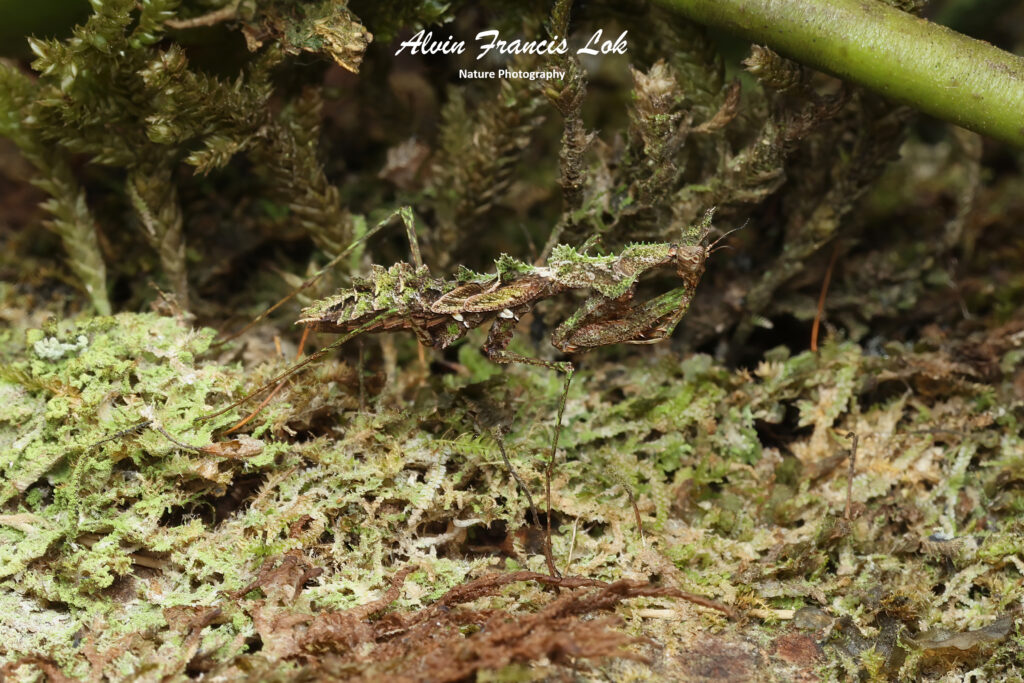
(Khao Yai NP, Thailand)
Family Hymenopodidae
Subfamily Acromantinae
Tribe Acromantini
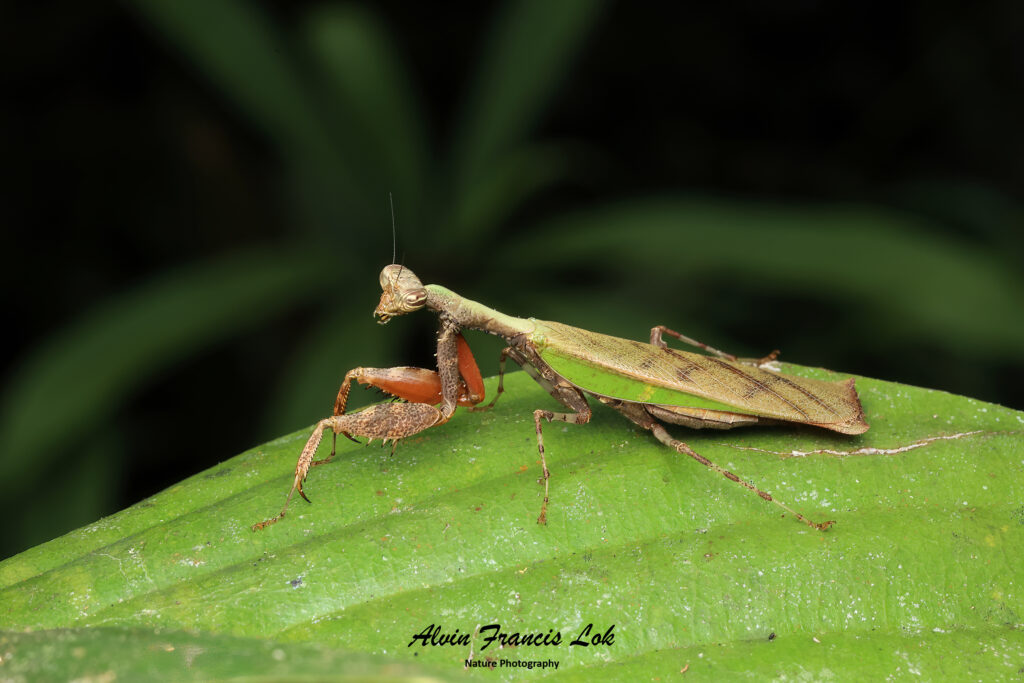
(Sabah, Malaysia)
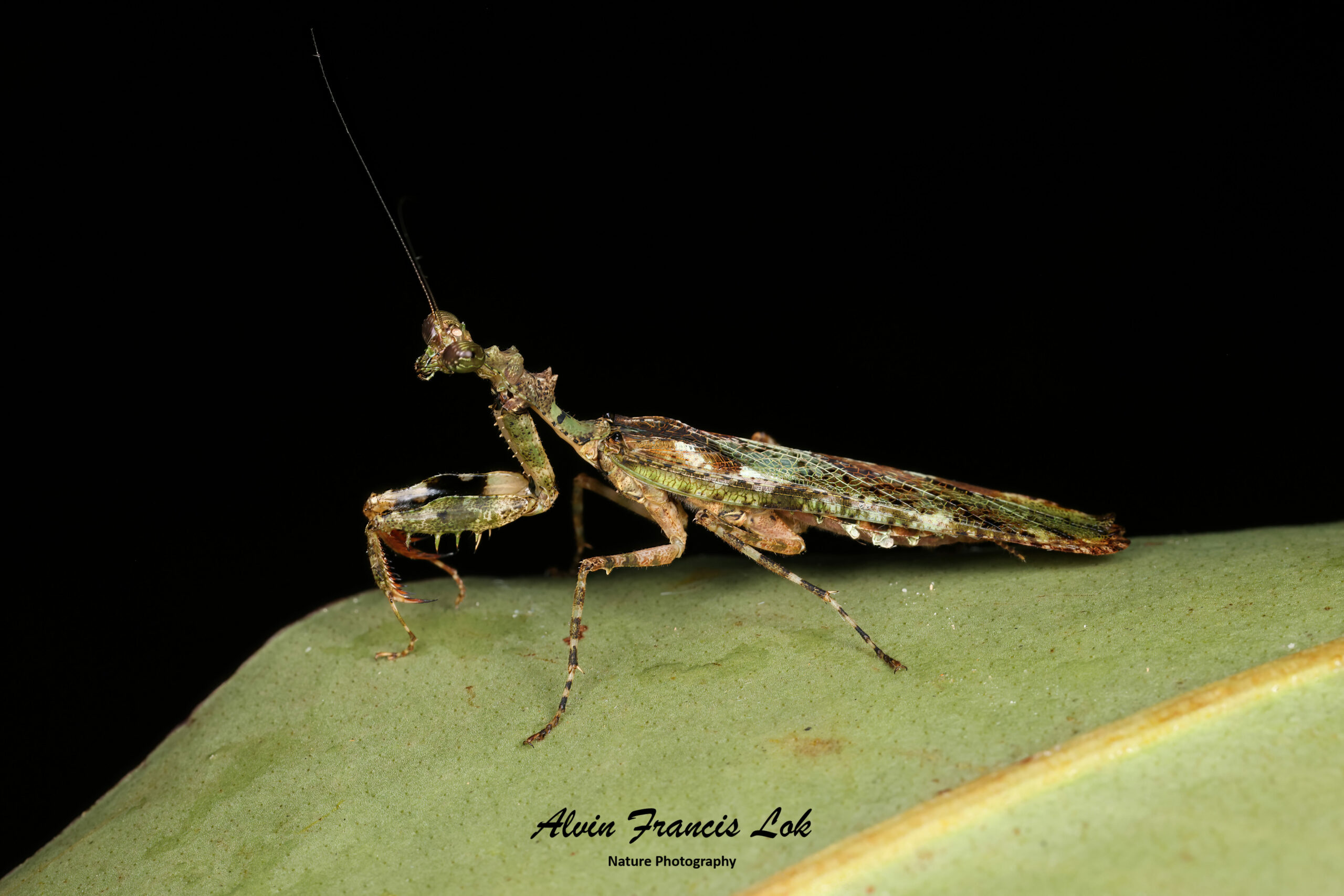
(Sabah, Malaysia)
Subfamily Hymenopodinae
Tribe Hymenopodini
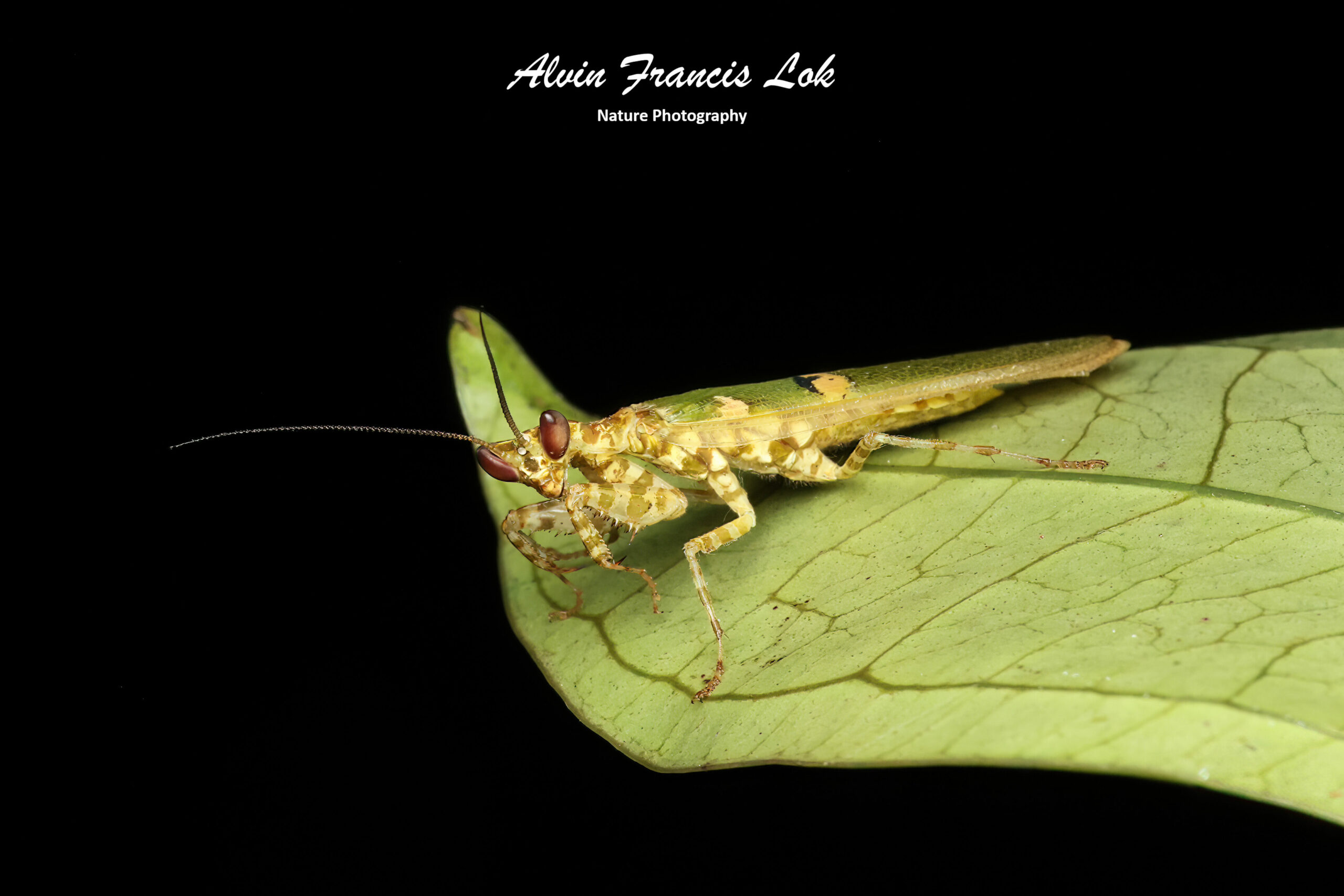
(Sabah, Malaysia)
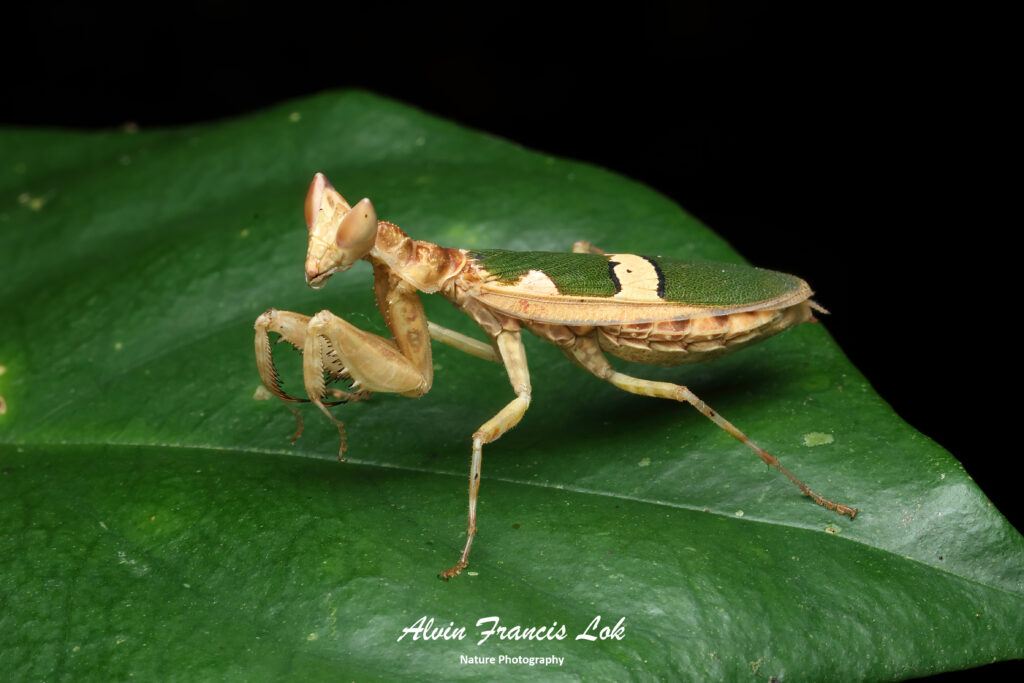
(Singapore)
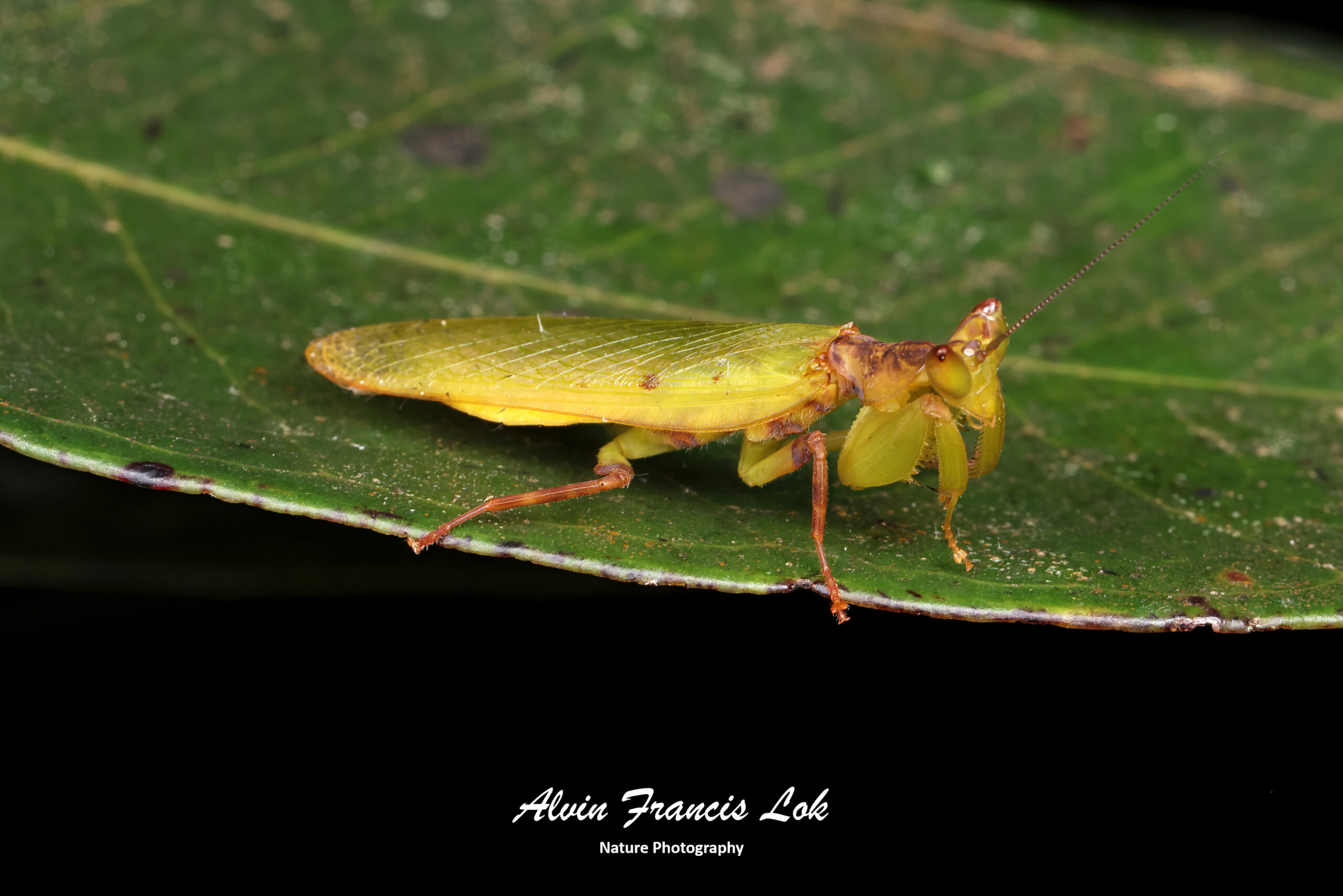
(Sabah, Malaysia)
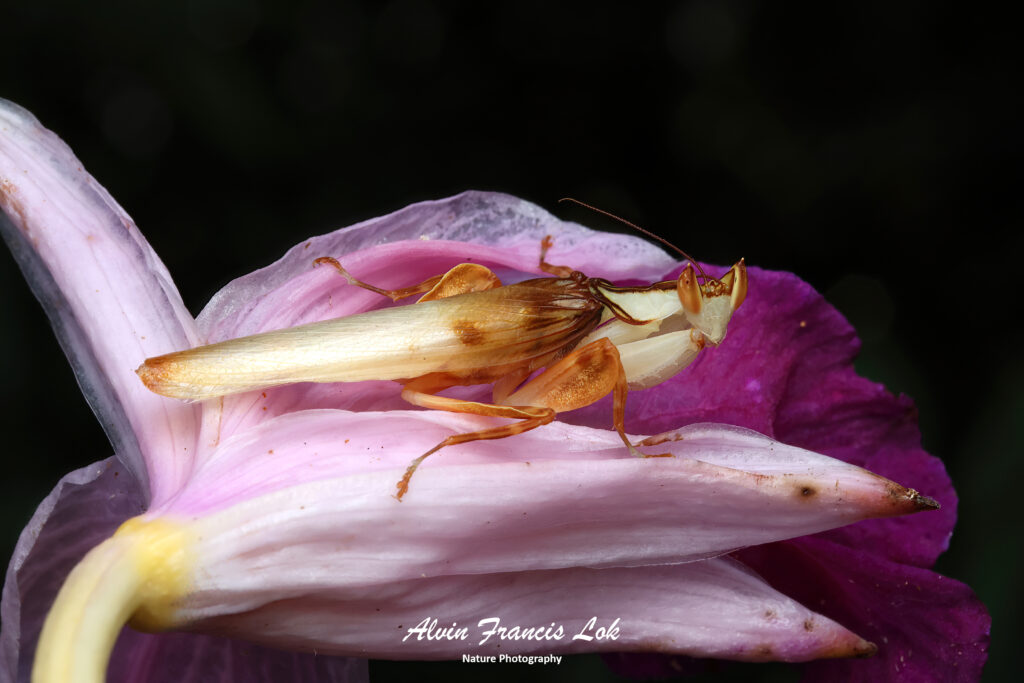
(Sabah, Malaysia)
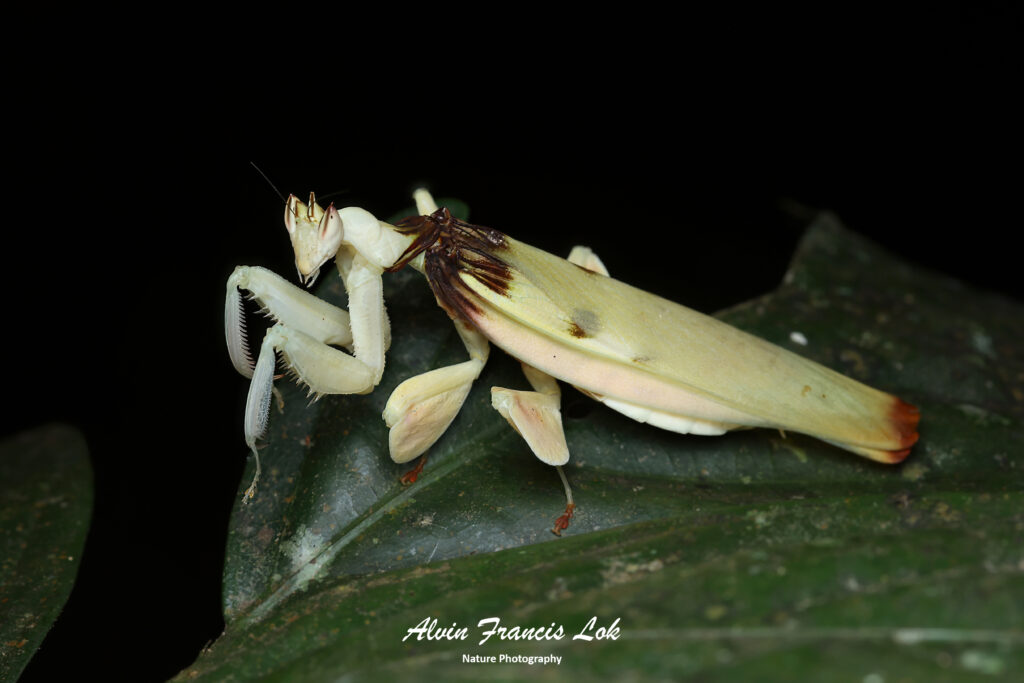
(Sabah, Malaysia)
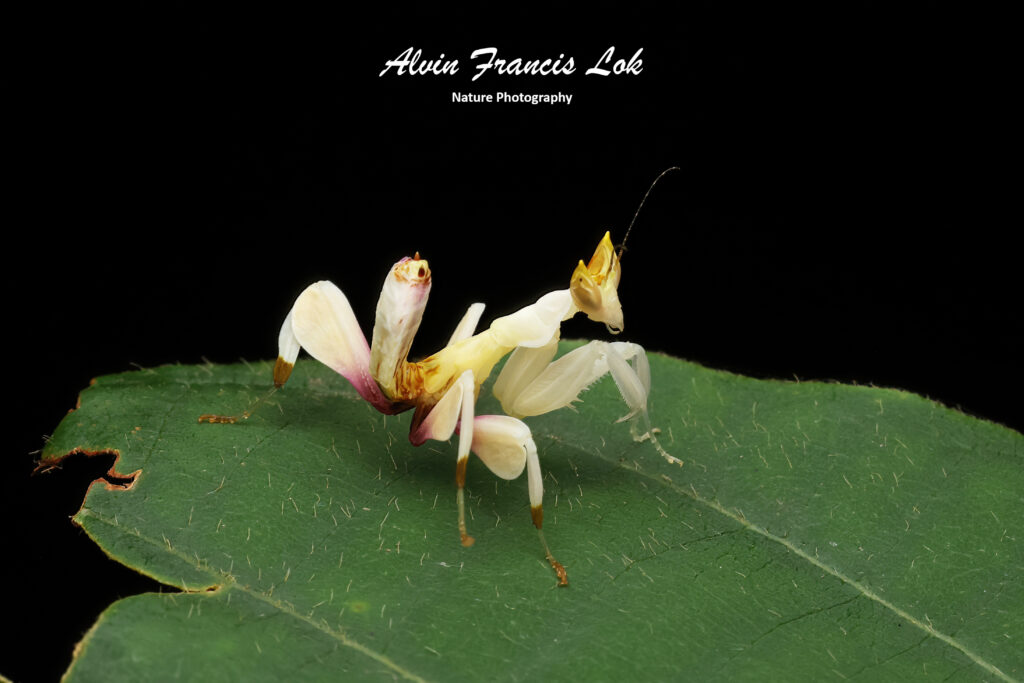
(Doi Inthanon NP, Thailand)
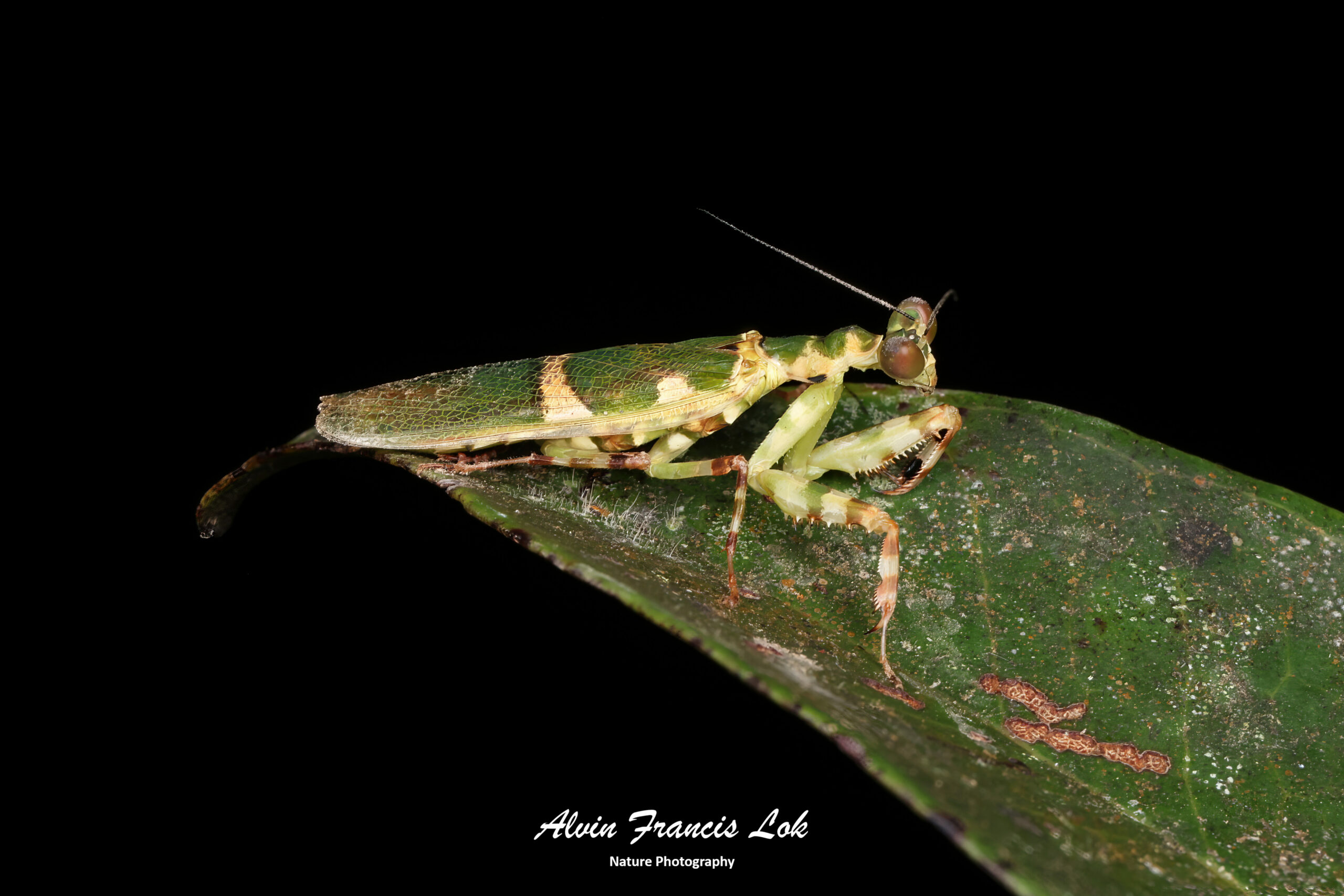
(Sabah, Malaysia)
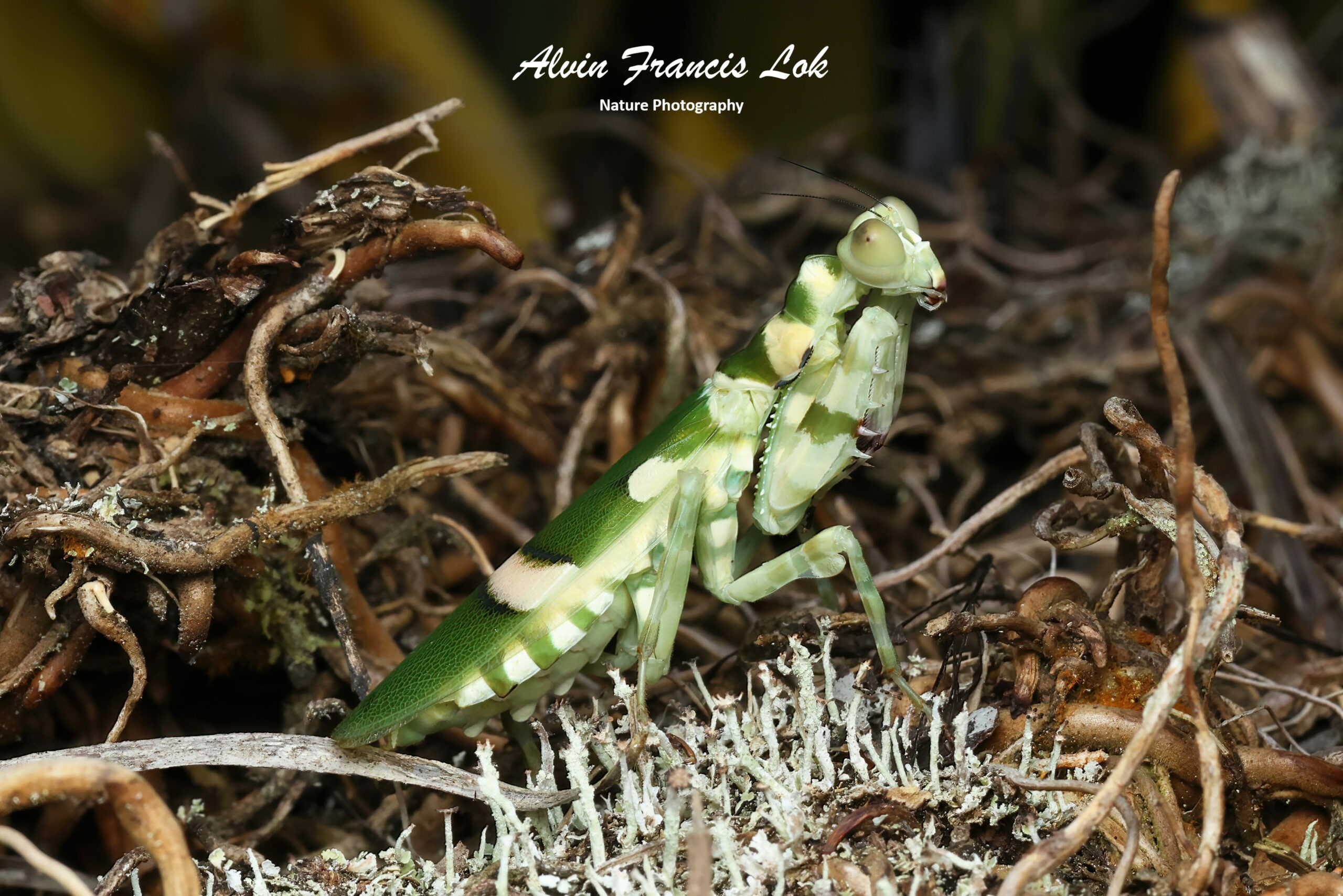
(Sabah, Malaysia)
Subfamily Oxypilinae
Tribe Hestiasulini
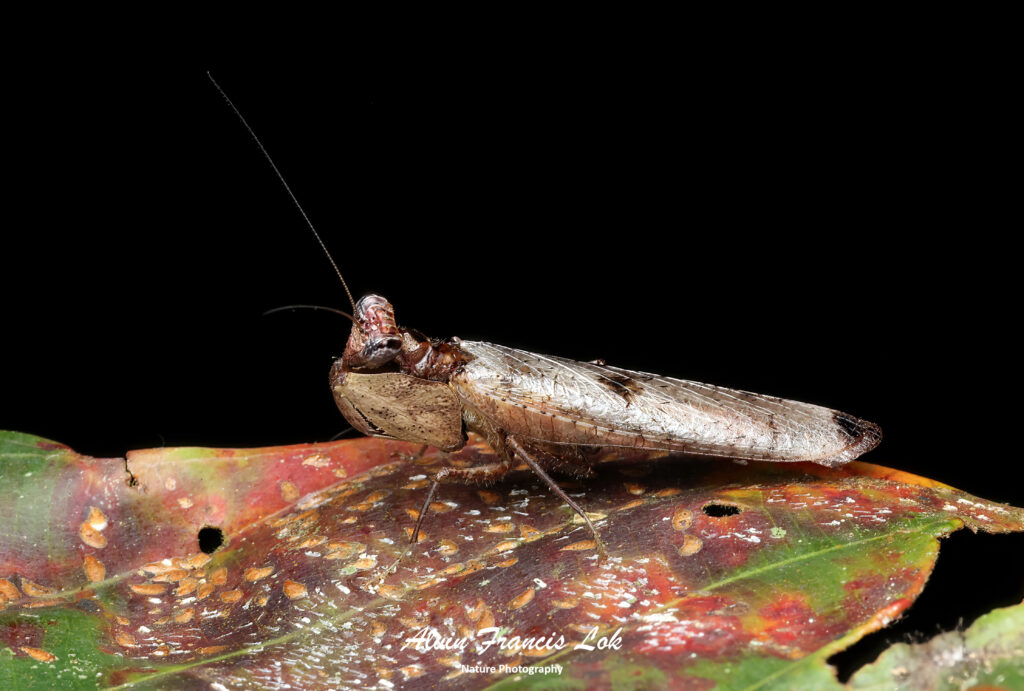
(Sabah, Malaysia)
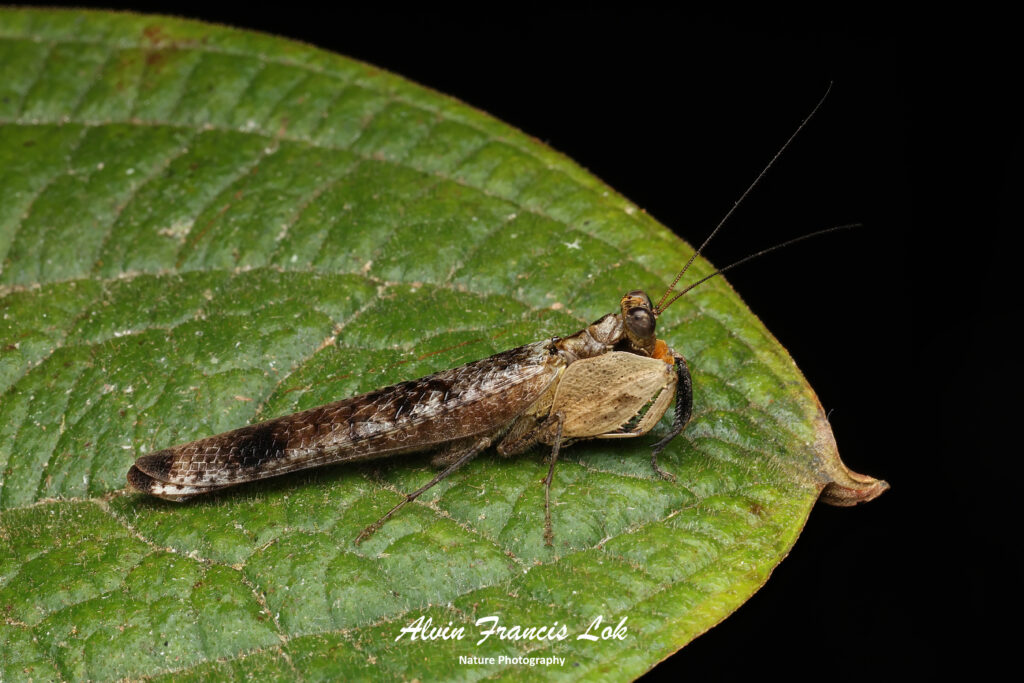
(Sabah, Malaysia)
Tribe Oxypilini
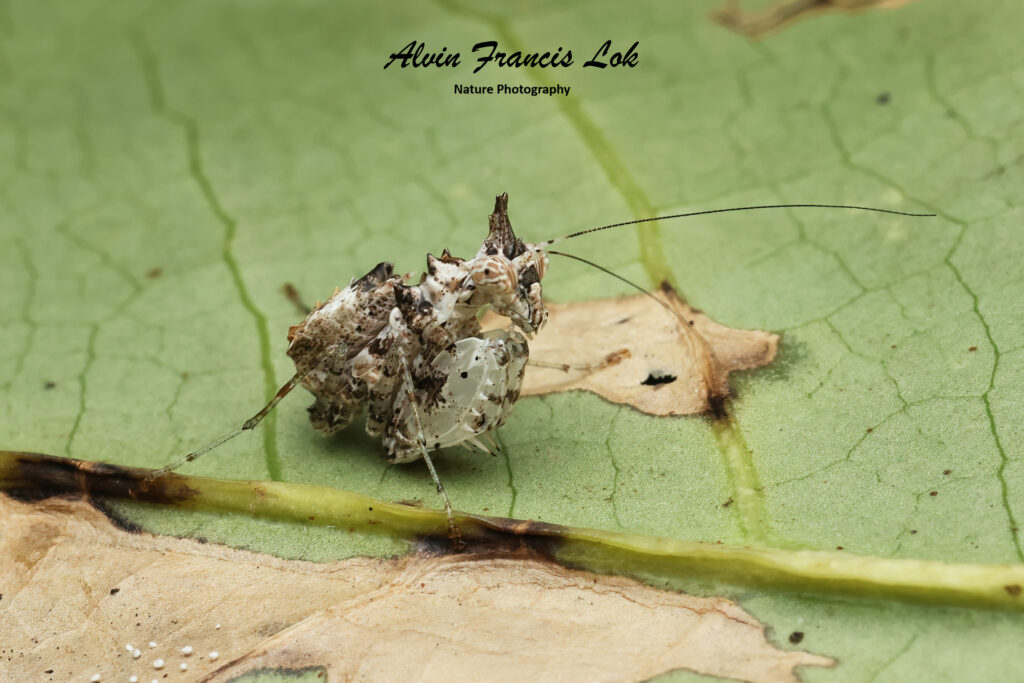
(Doi Inthanon NP, Thailand)
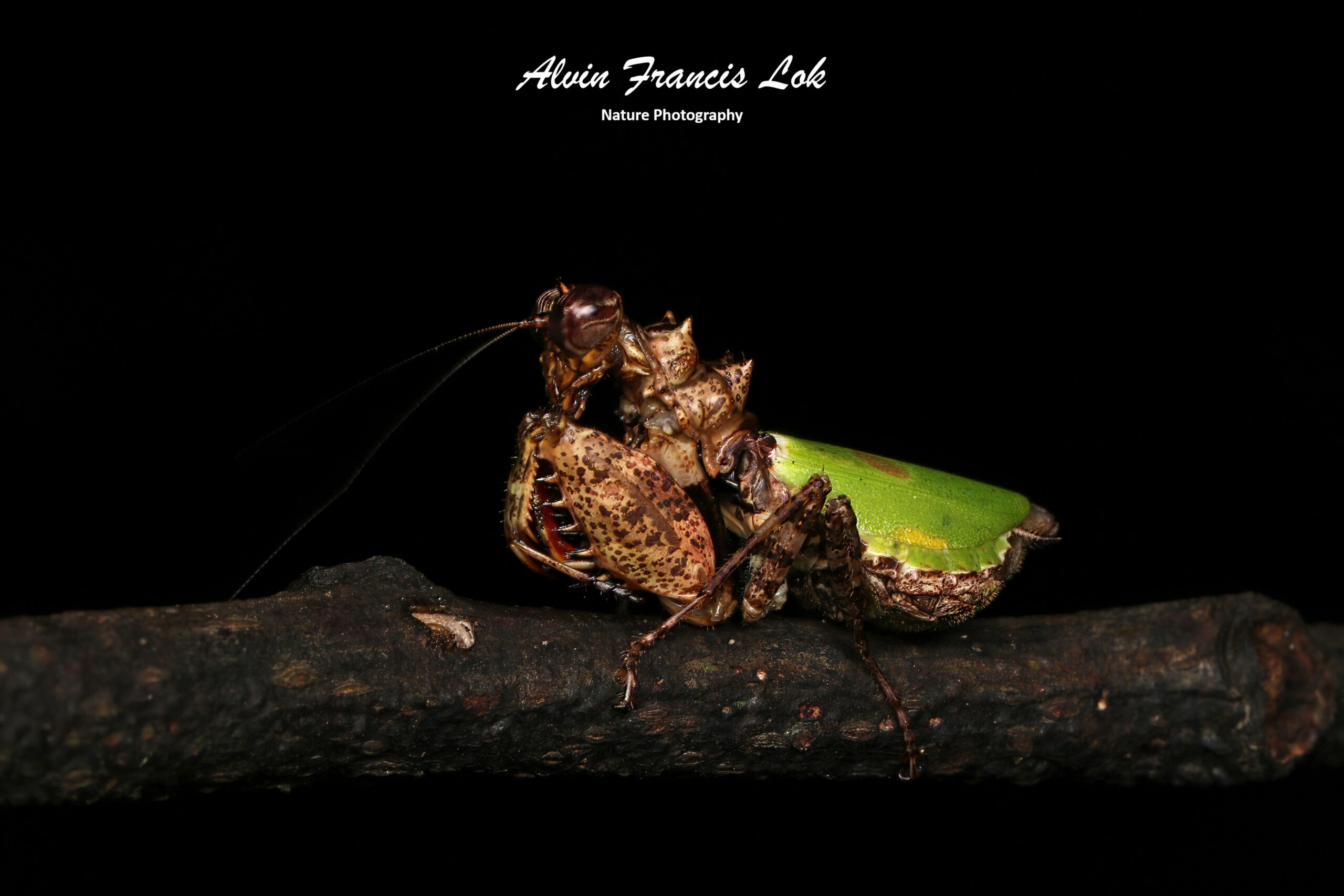
(Singapore)
Subfamily Phyllothelyinae
Tribe Parablepharini
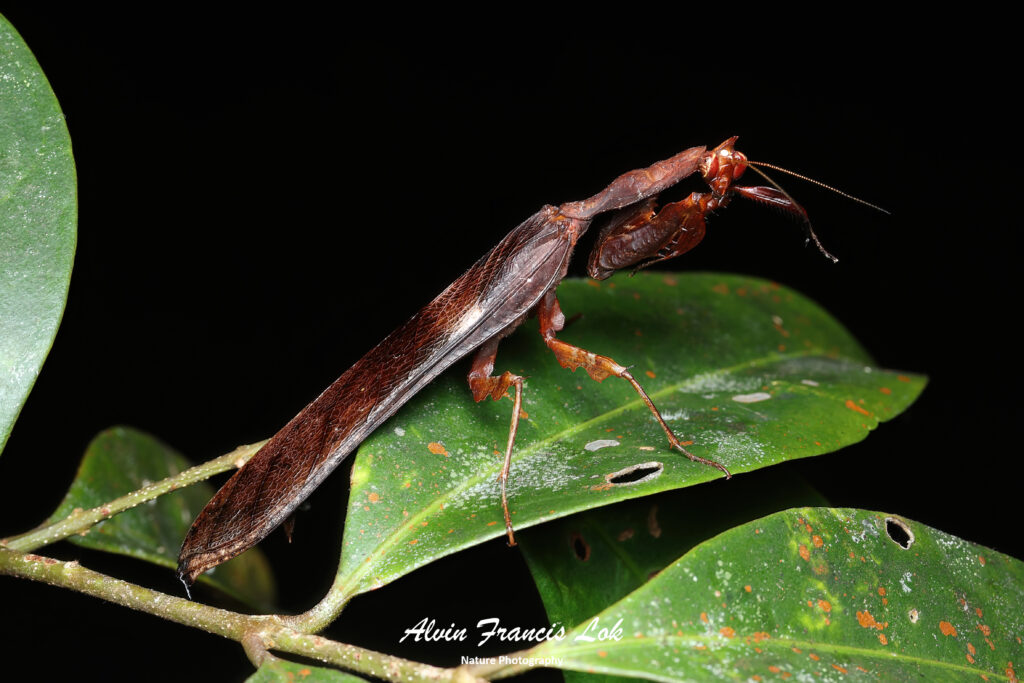
(Sabah, Malaysia)
Tribe Phyllothelyini
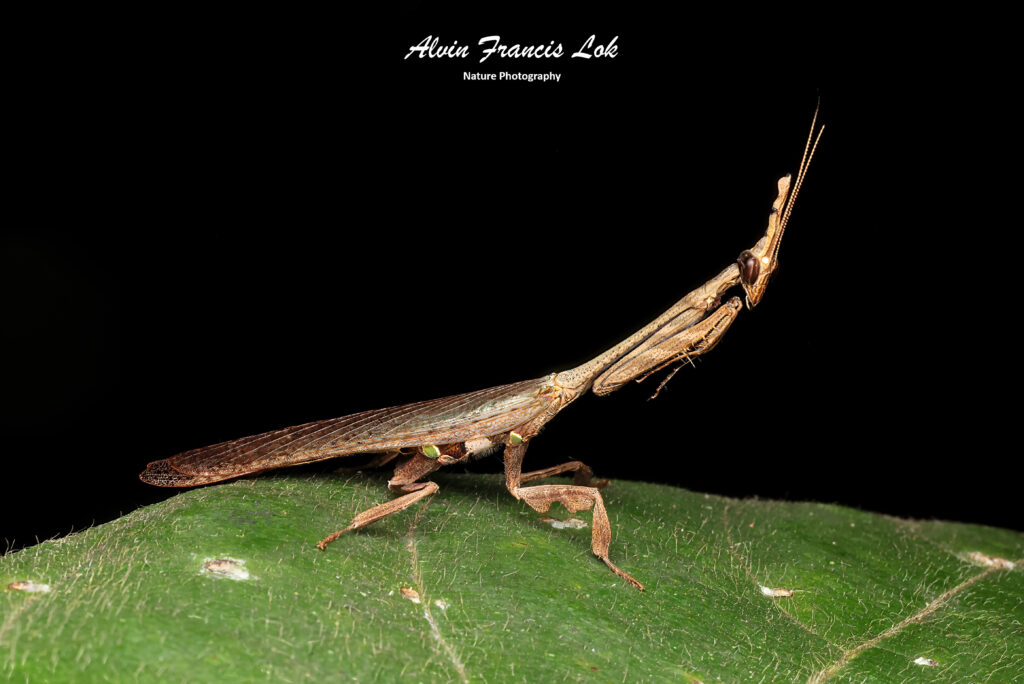
(Sabah, Malaysia)
Family Mantidae
Subfamily Choeradodinae
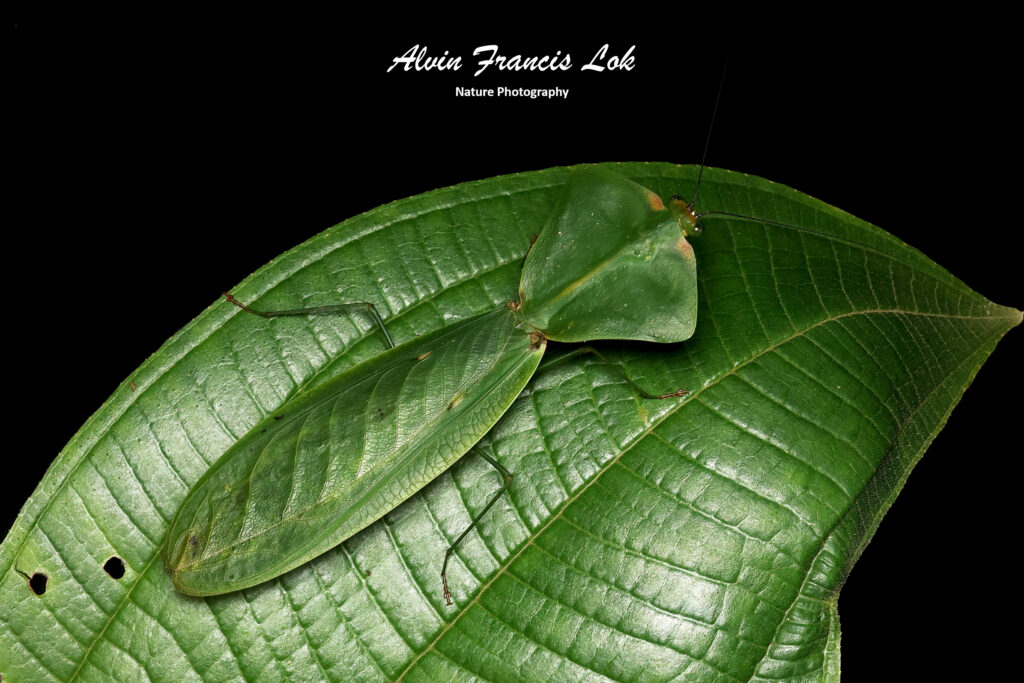
(Sumaco, Ecuador)
Subfamily Hierodulinae
Tribe Hierodulini
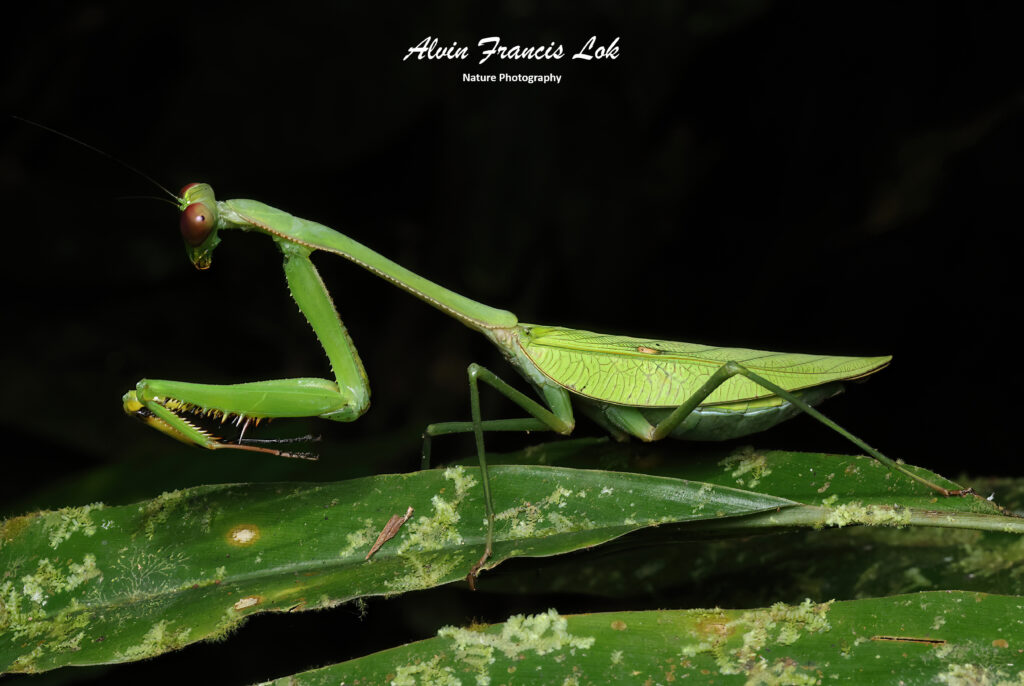
(Sabah, Malaysia)
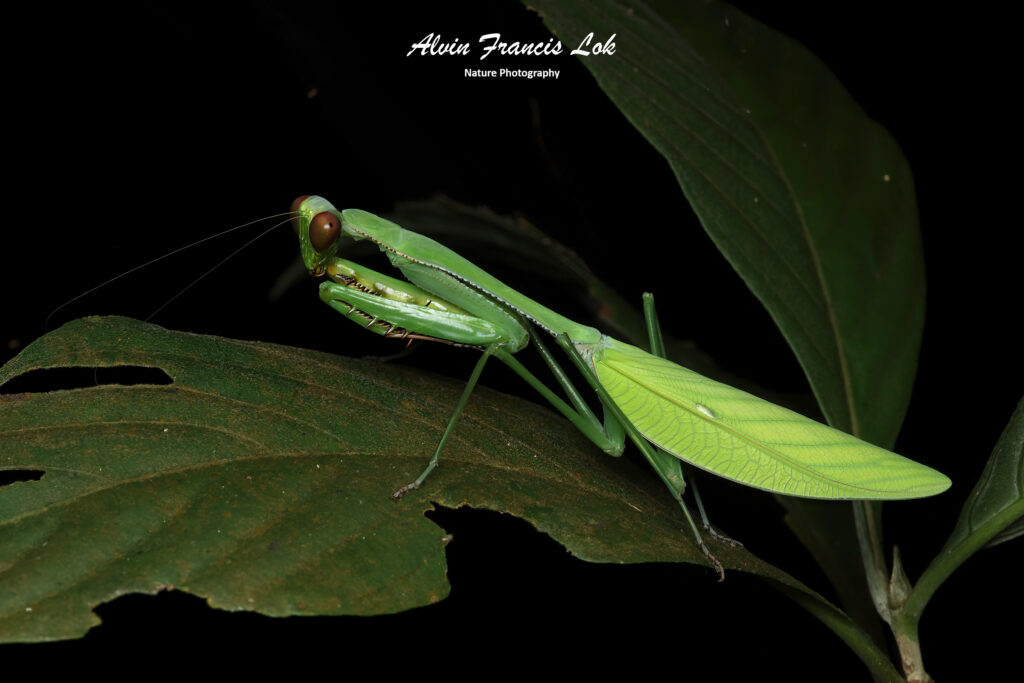
(Singapore)
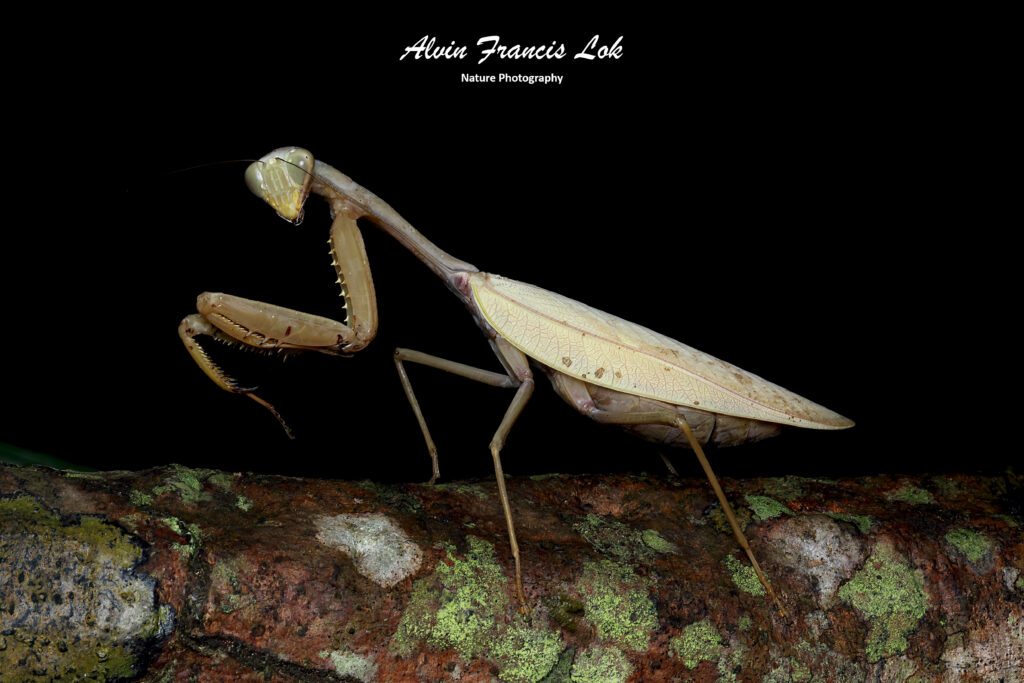
(Doi Inthanon NP, Thailand)
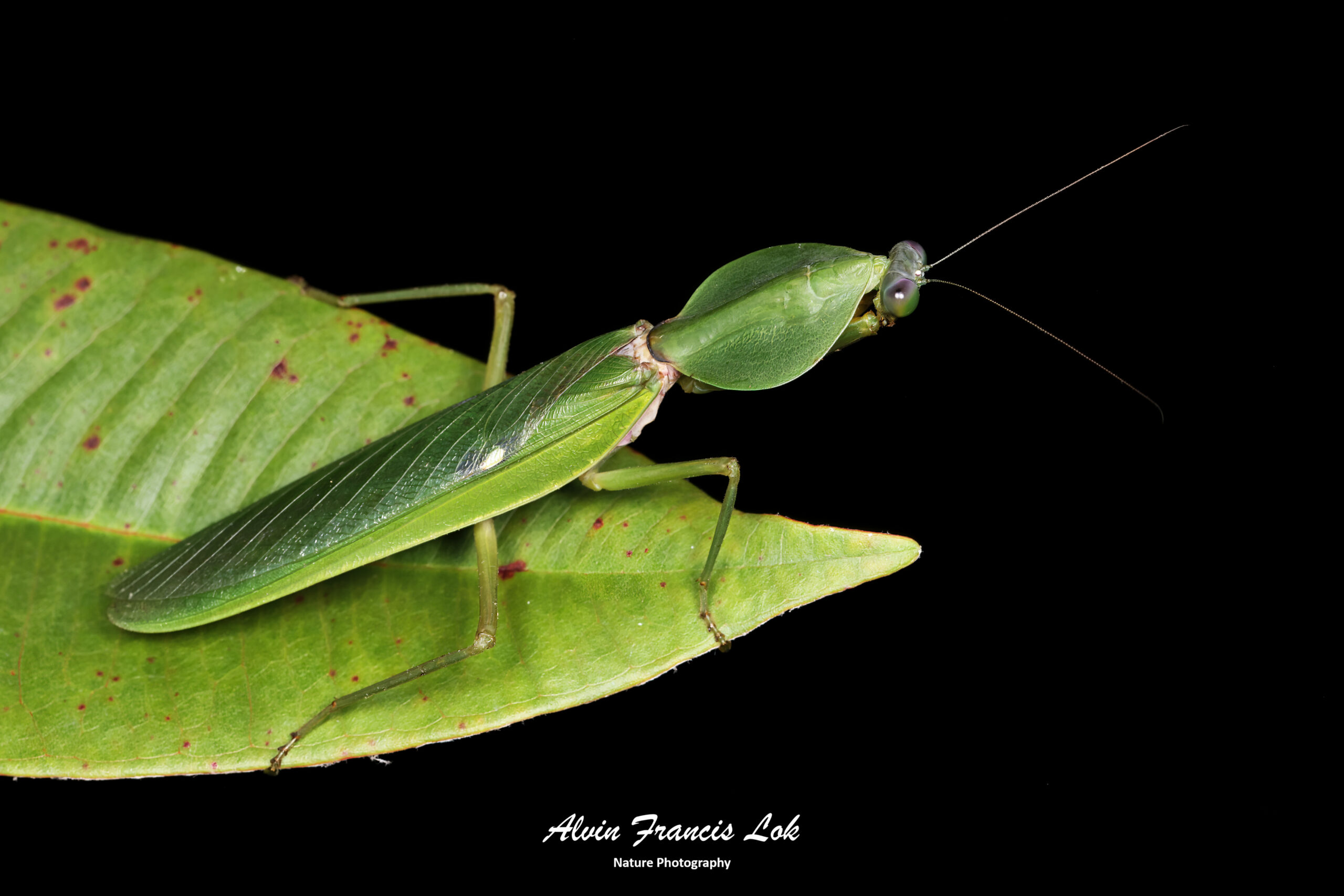
(Sabah, Malaysia)
Family Metallyticidae
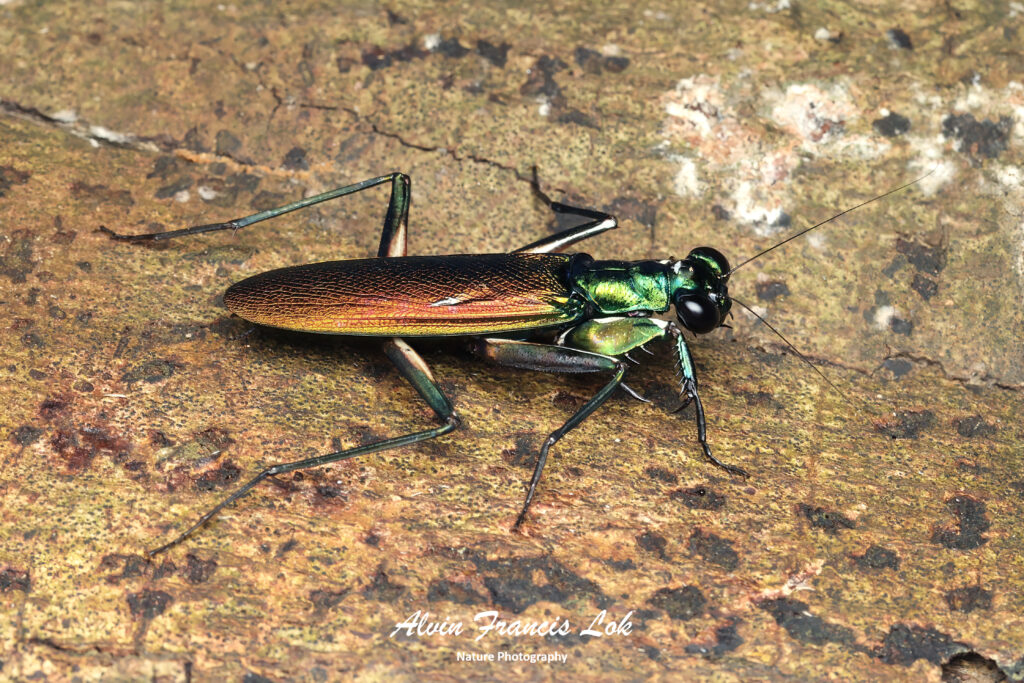
(Johore, Malaysia)
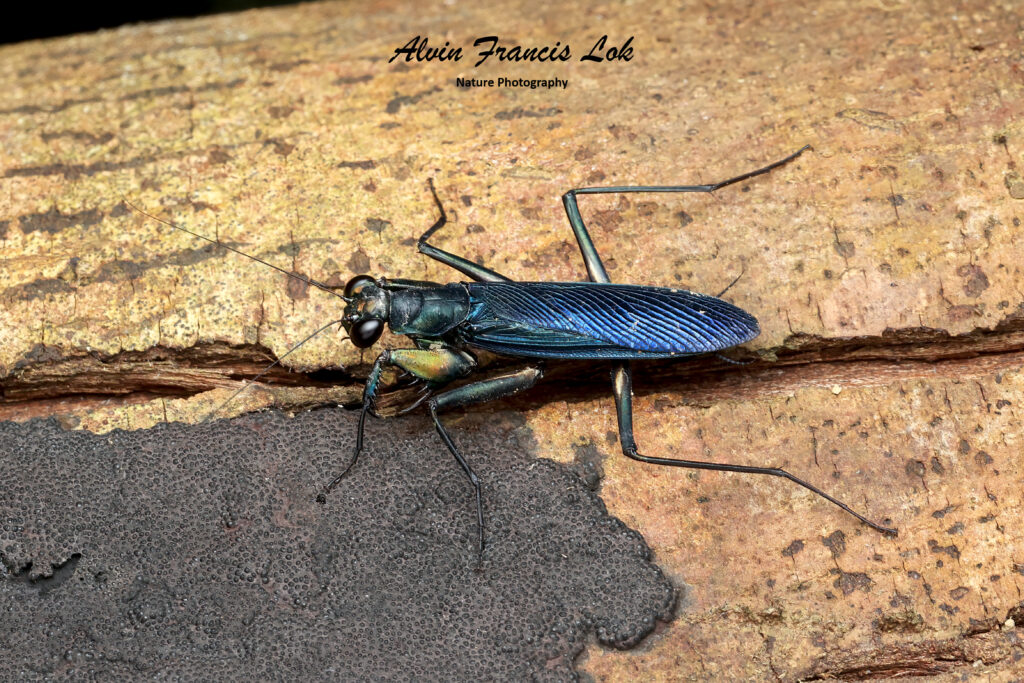
(Johore, Malaysia)
Family Nanomantidae
Subfamily Tropidomantinae
Tribe Epsomantini
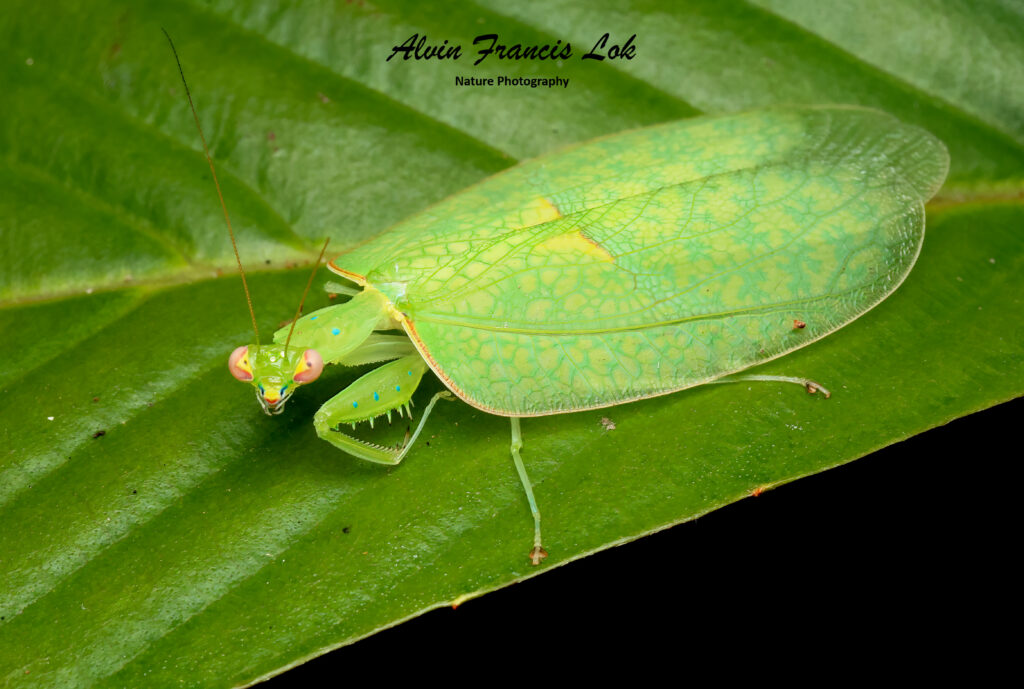
(Sabah, Malaysia)
Tribe Tropidomantini
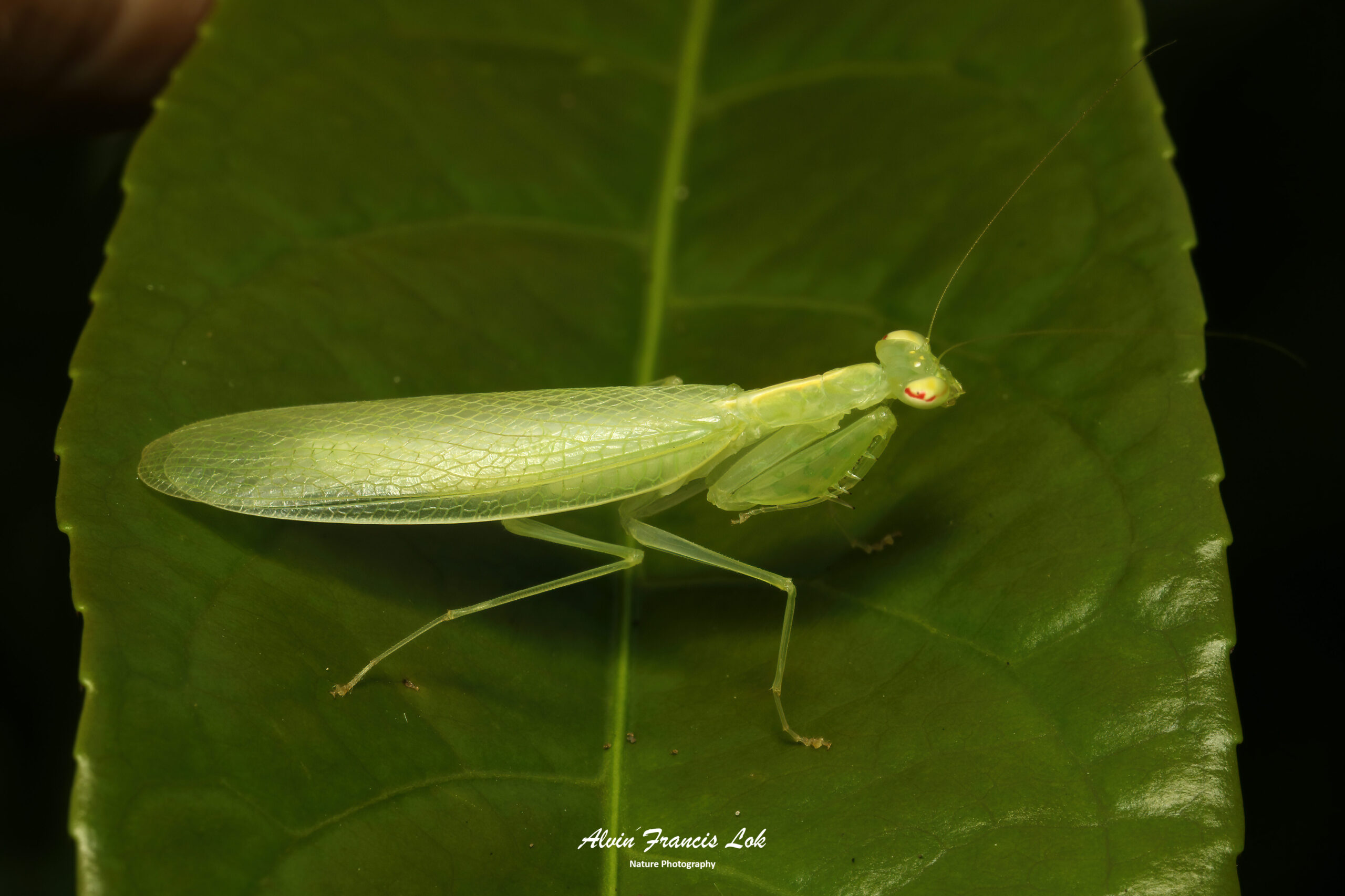
(Singapore)
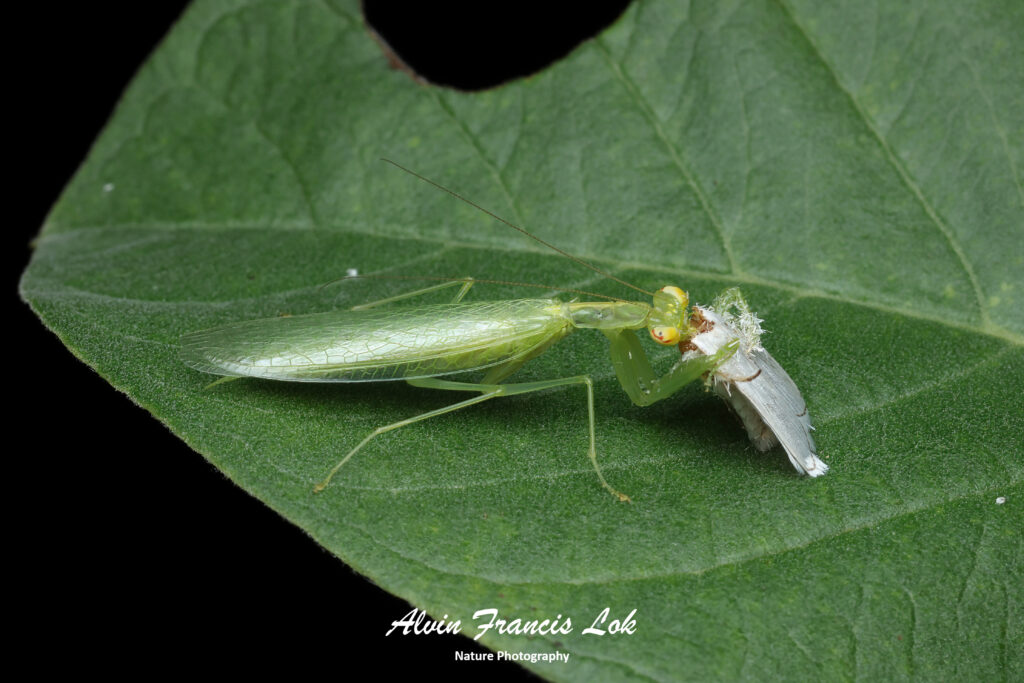
(Tangkoko NP, Indonesia)
Family Toxoderidae
Subfamily Toxoderinae
Tribe Toxoderini
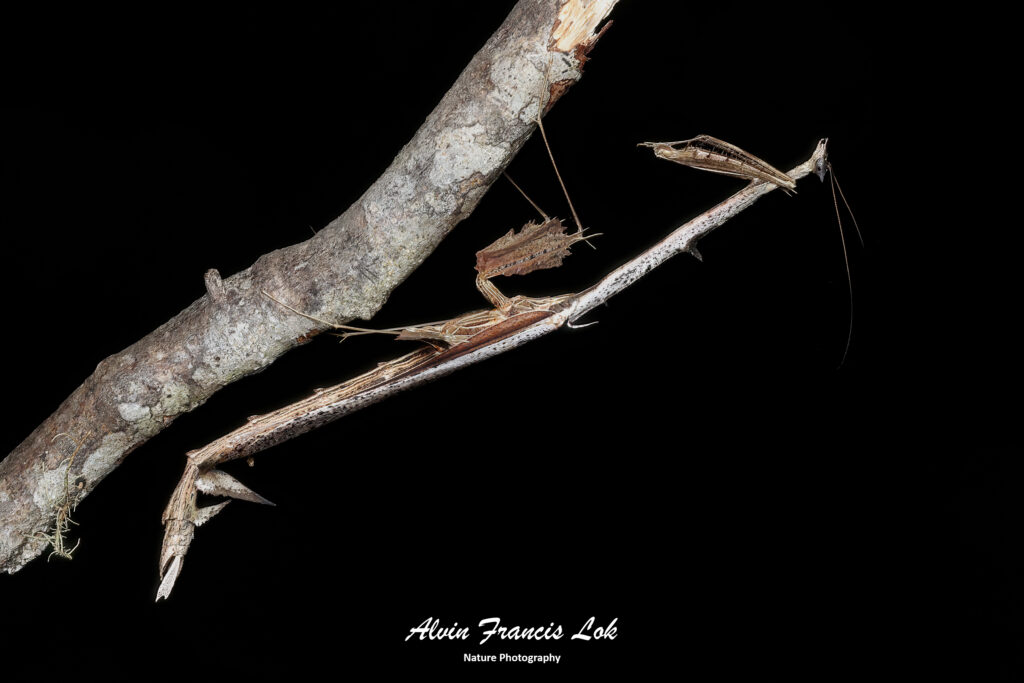
(Sabah, Malaysia)
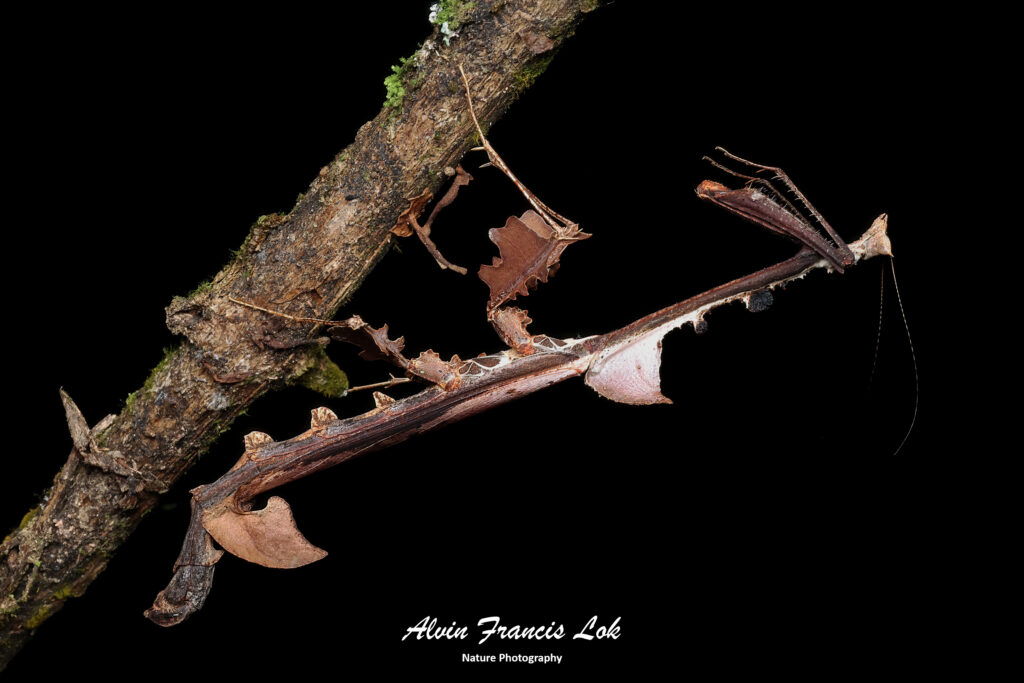
(Sabah, Malaysia)
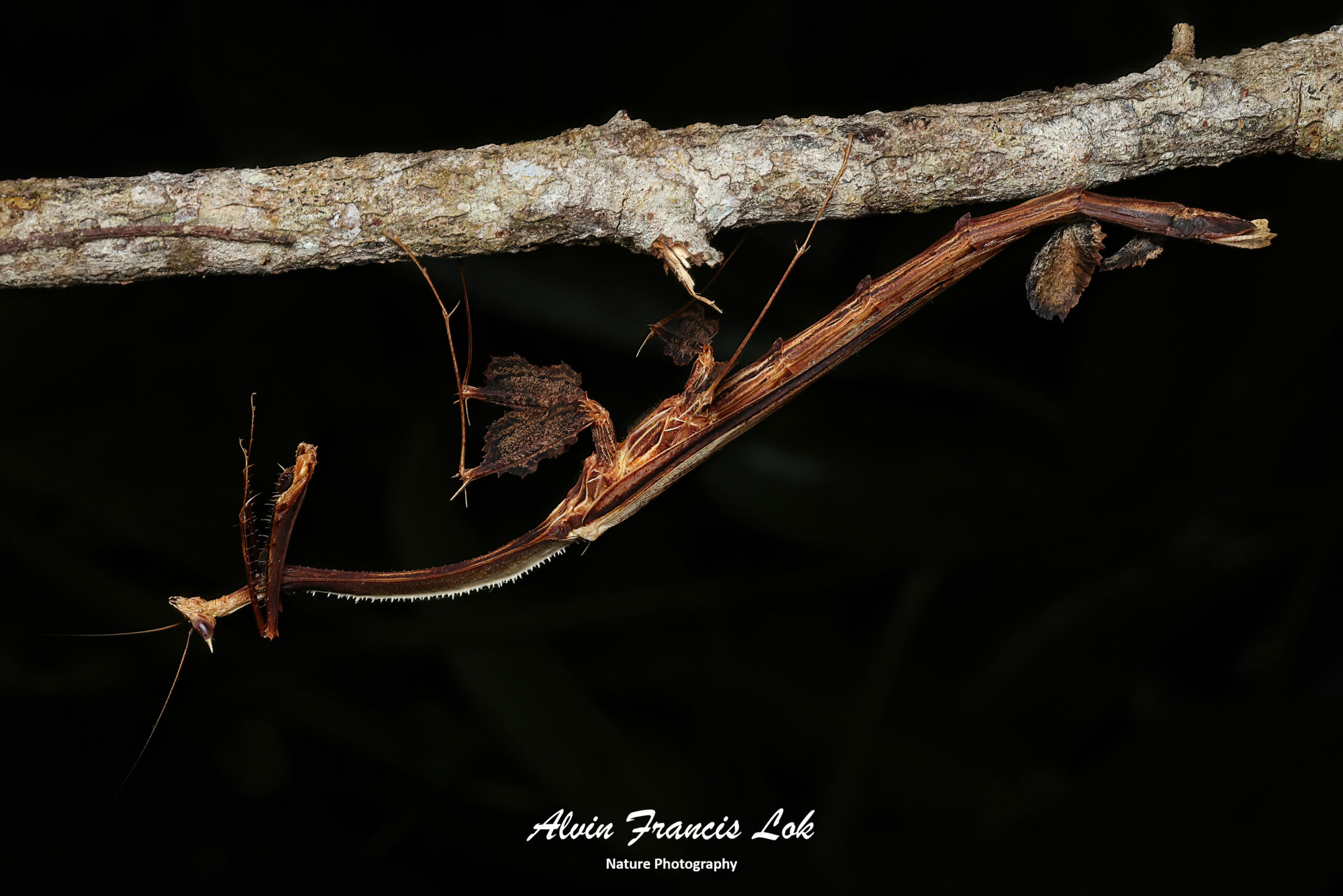
(Sabah, Malaysia)
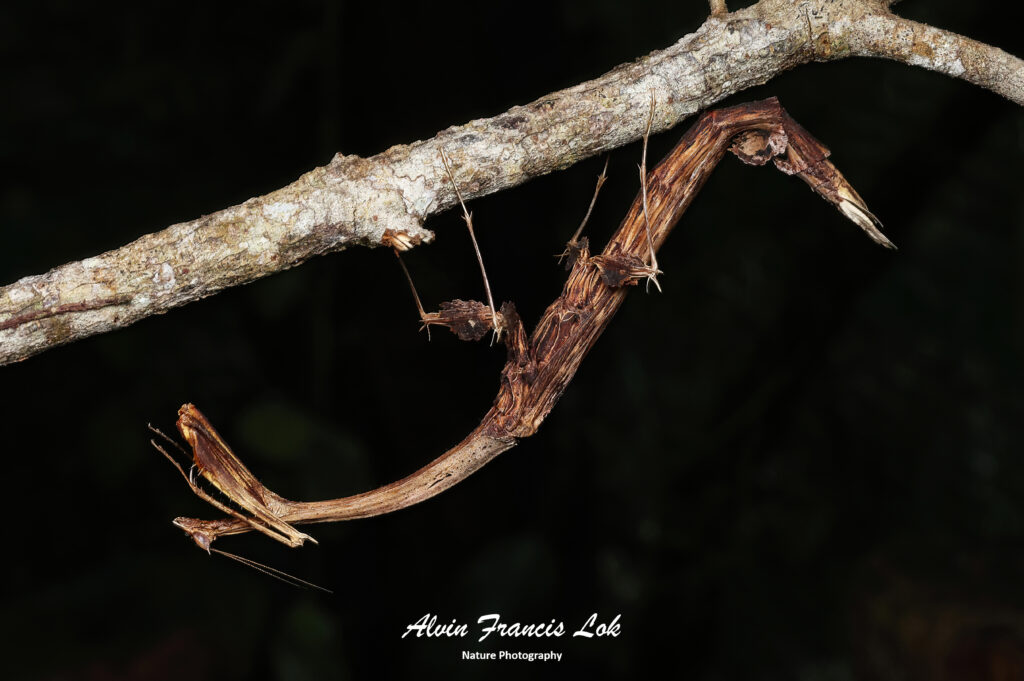
(Sabah, Malaysia)
Unidentified Mantoidea
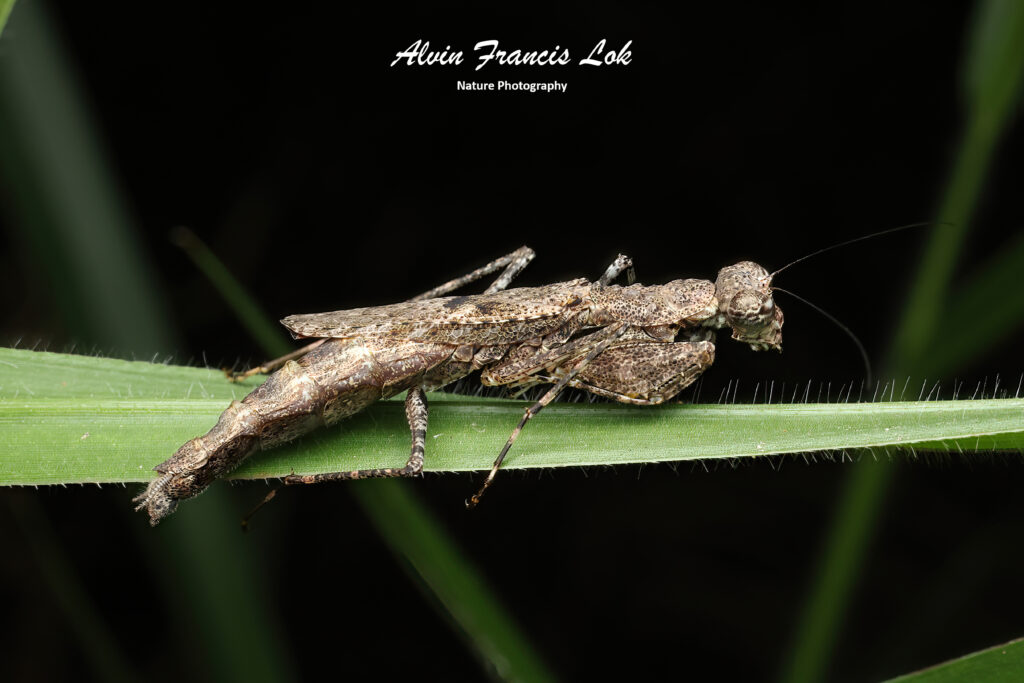
(Doi Inthanon NP, Thailand)
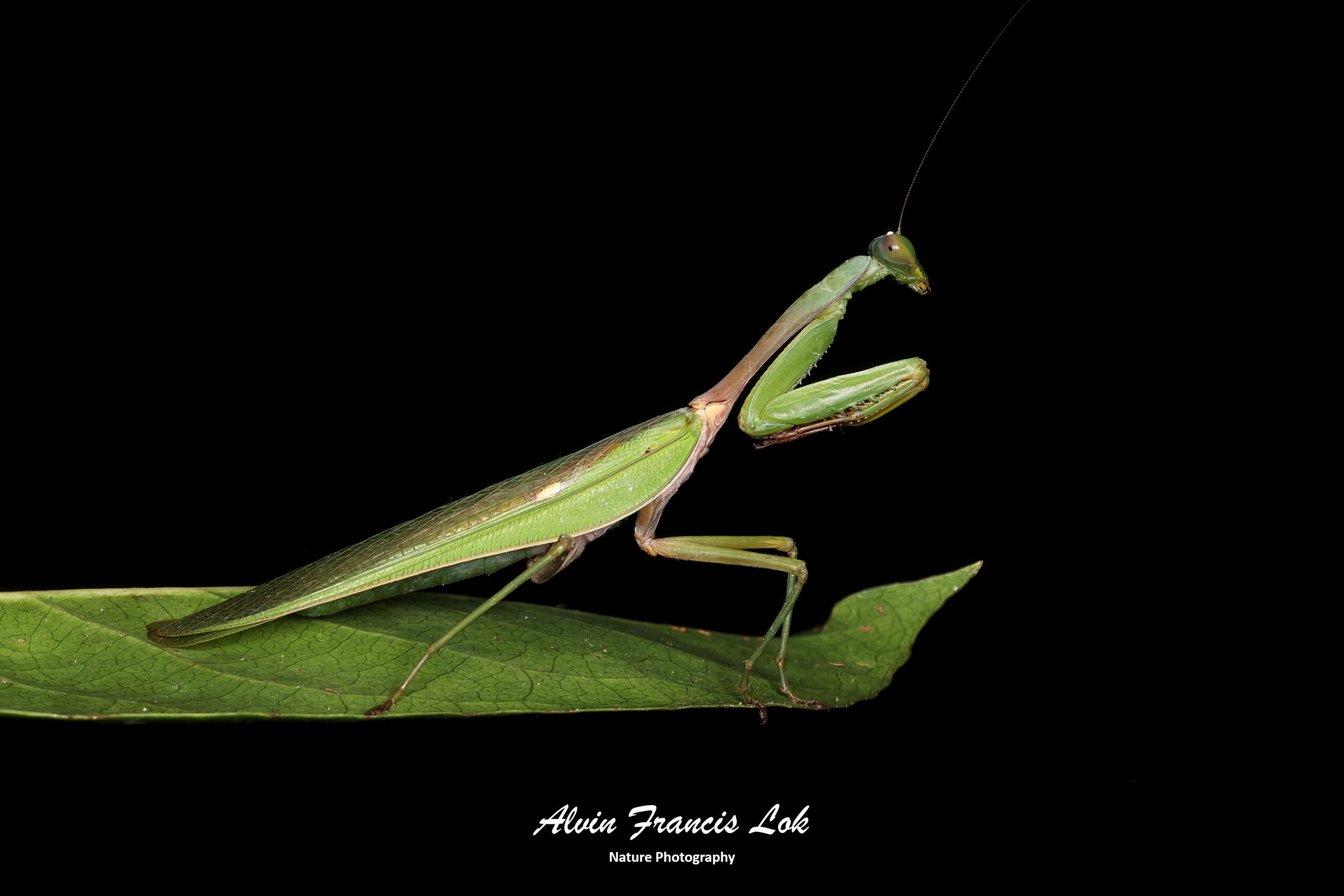
(Sabah, Malaysia)
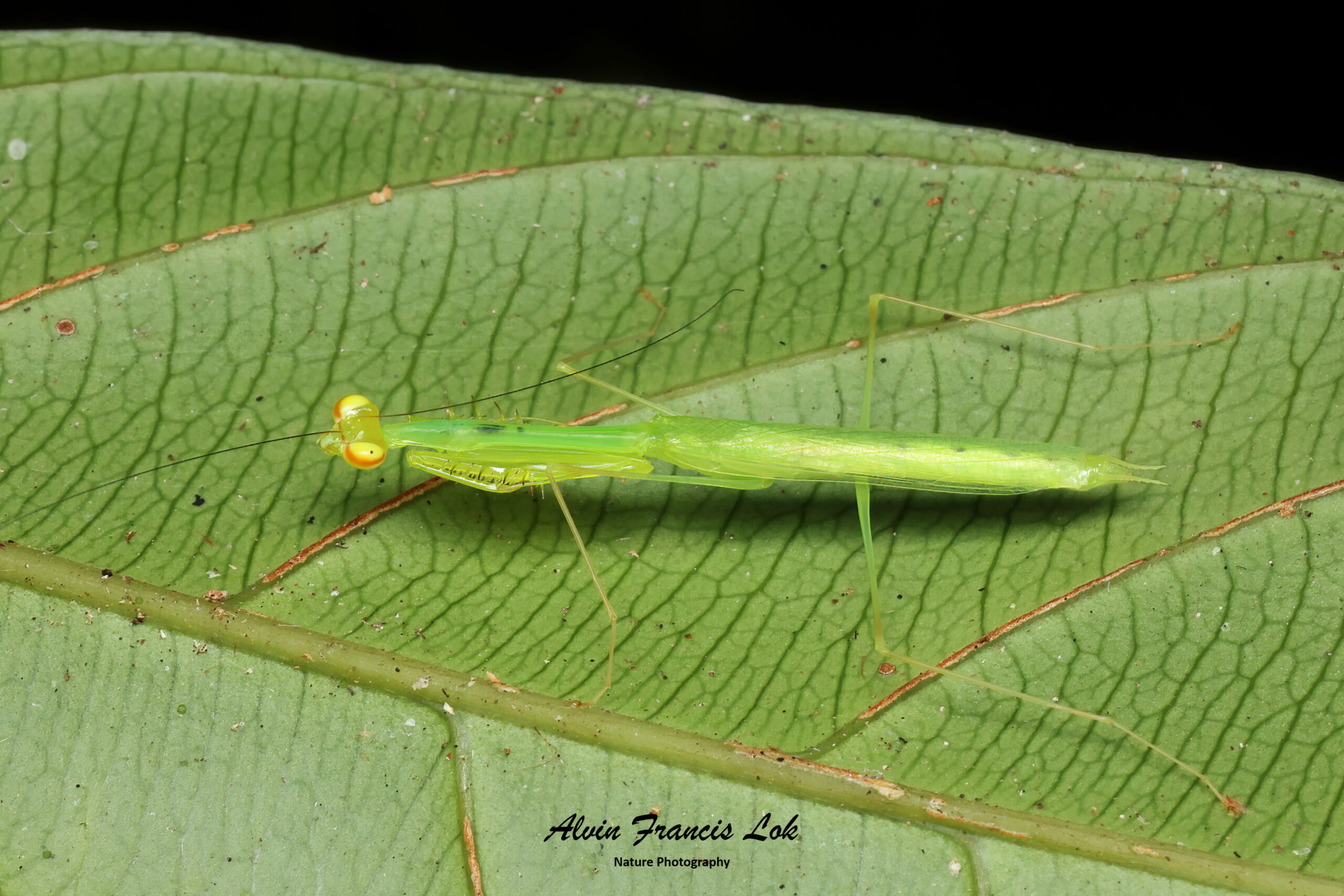
(Sarawak, Malaysia)
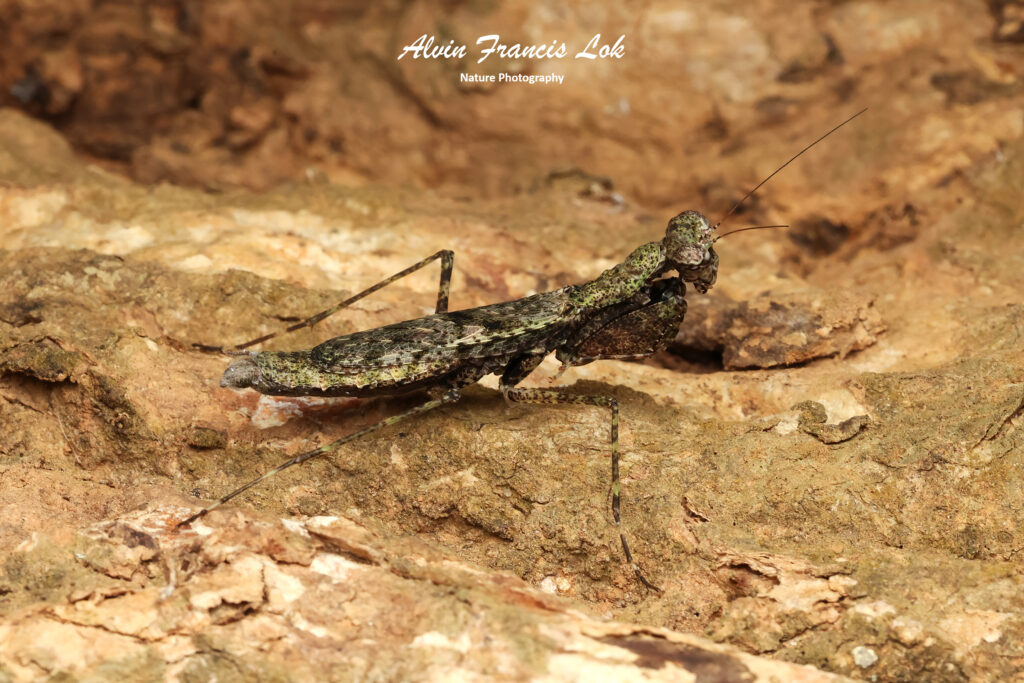
(Kaeng Krachan NP, Thailand)
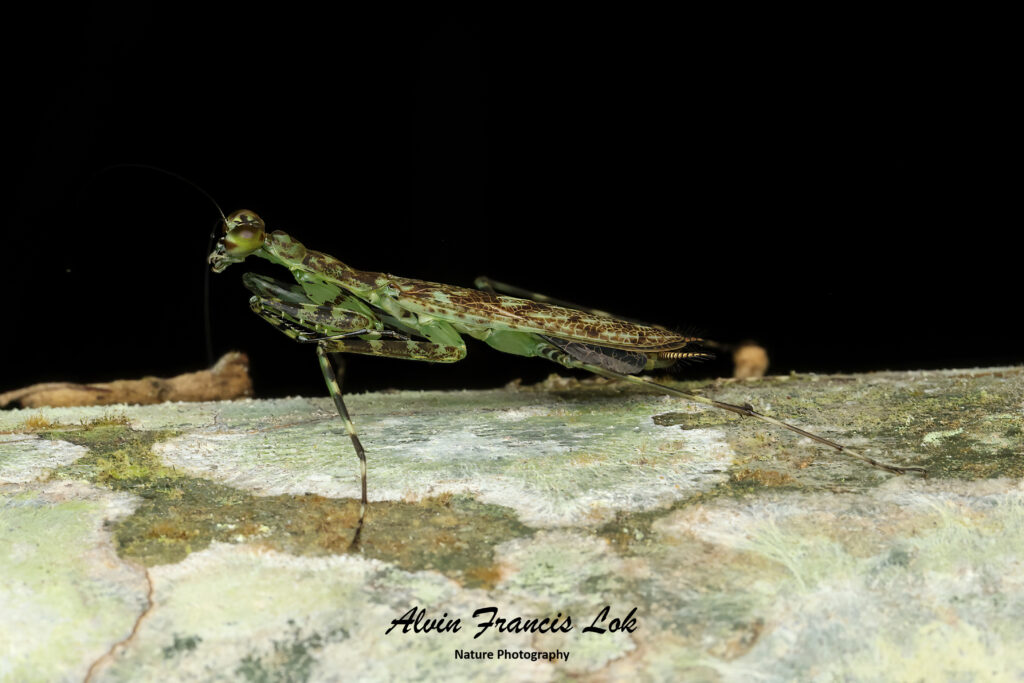
(Sumaco, Ecuador)
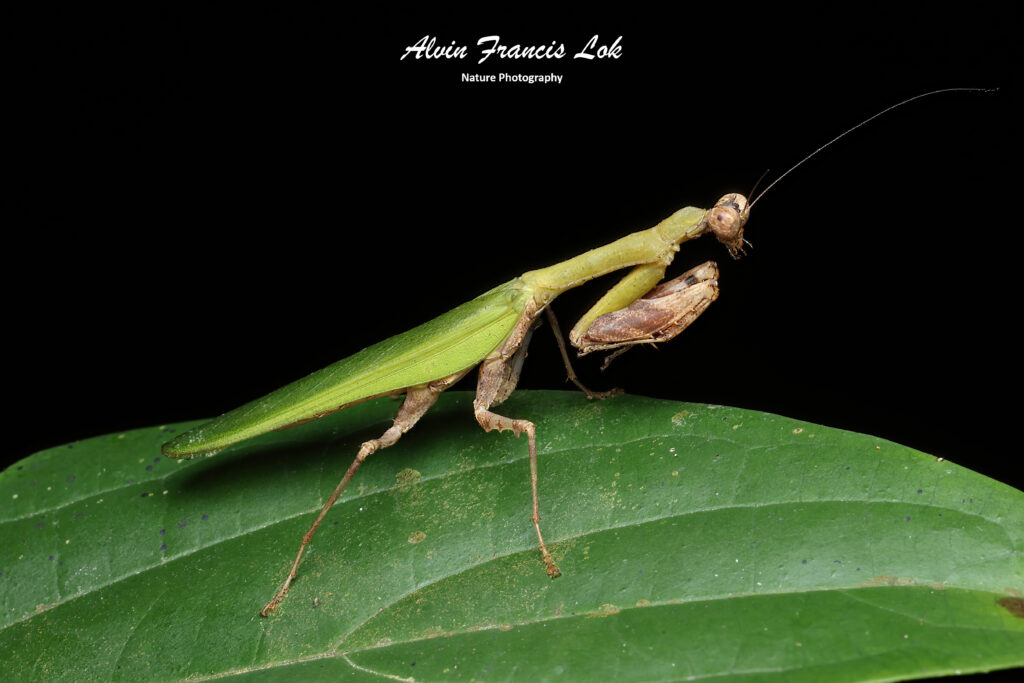
(Kalimantan, Indonesia)
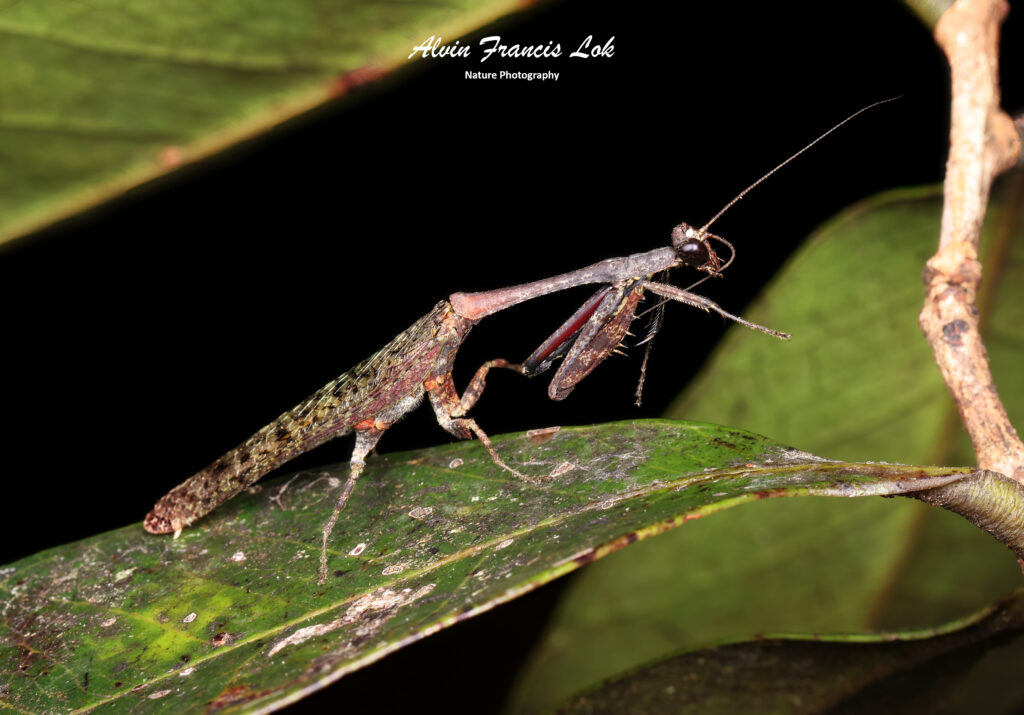
(Sabah, Malaysia)
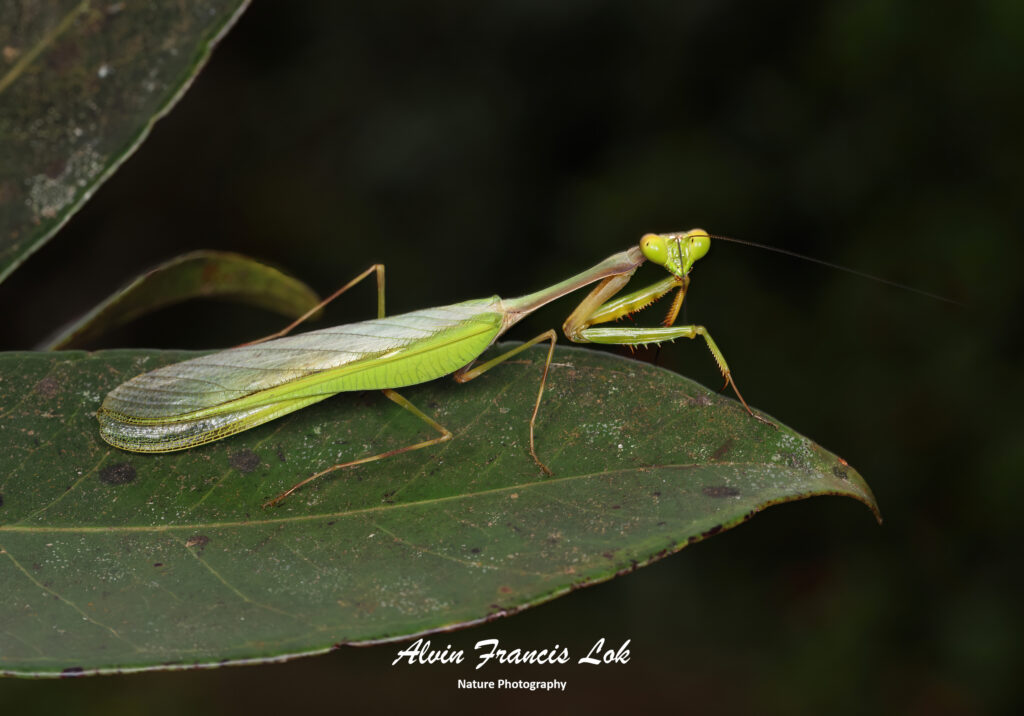
(Sabah, Malaysia)
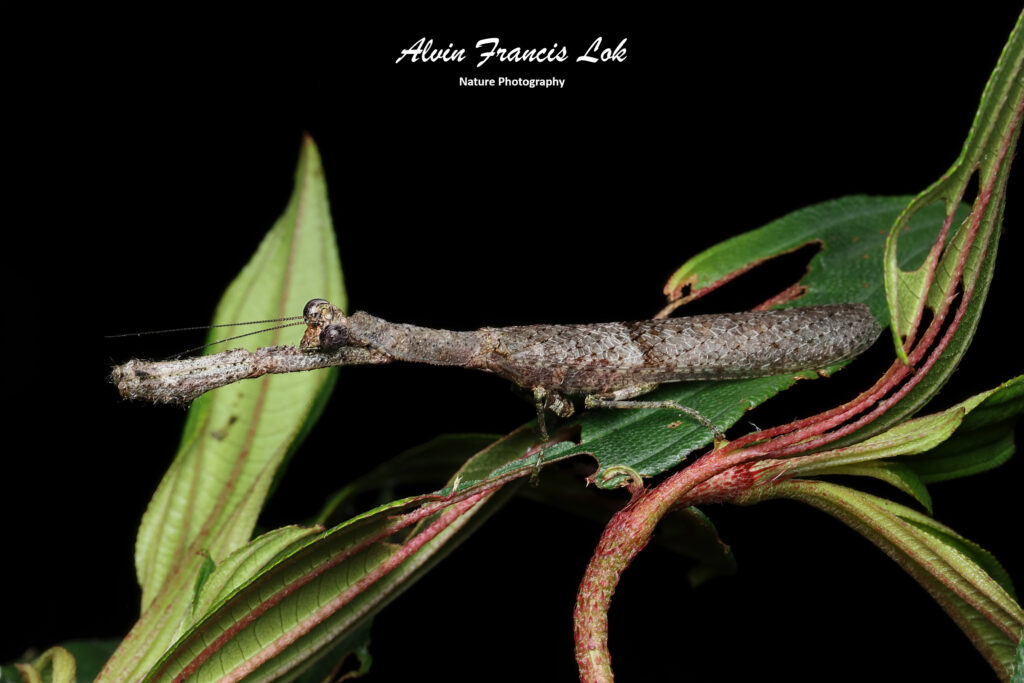
(Sabah, Malaysia)
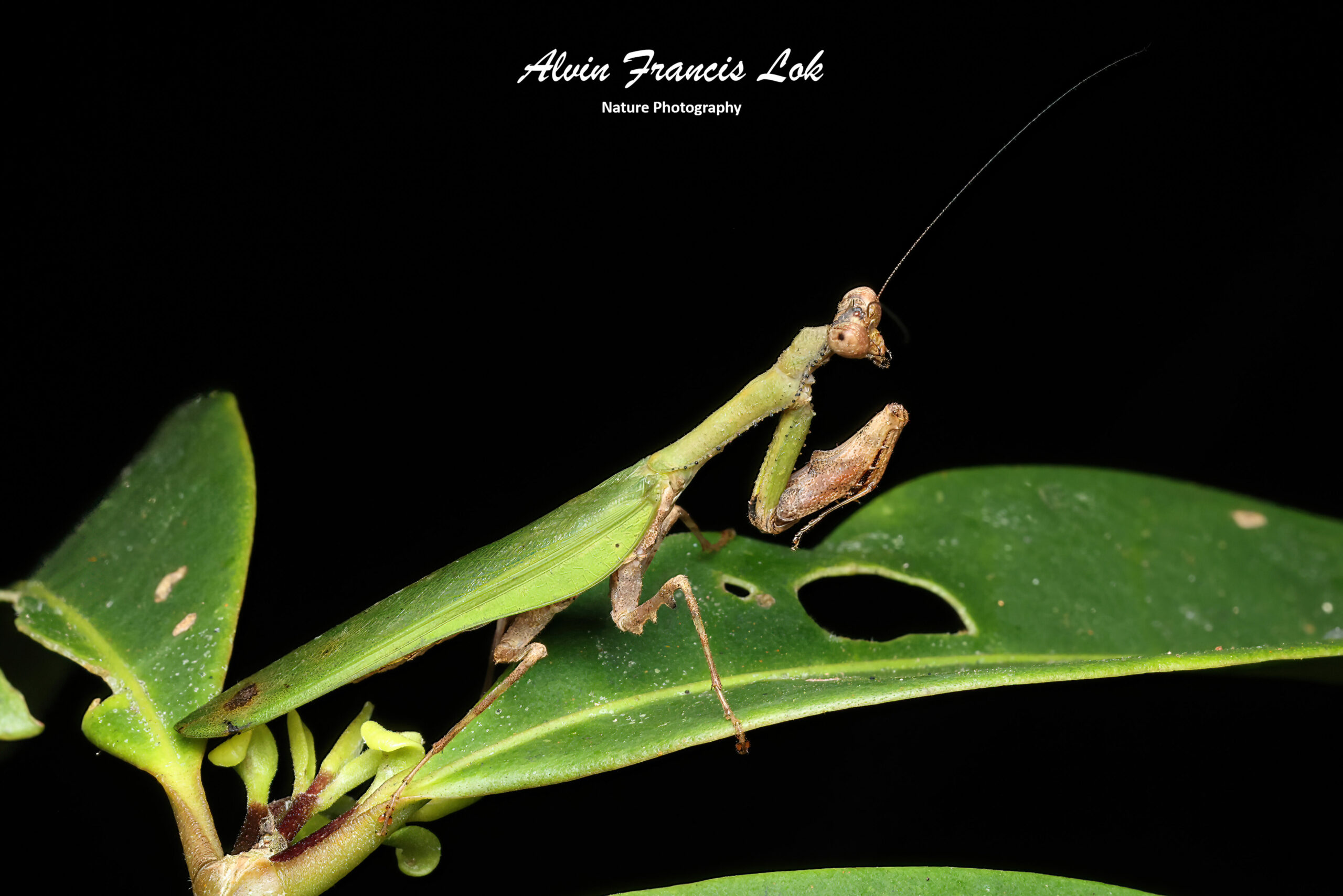
(Sabah, Malaysia)
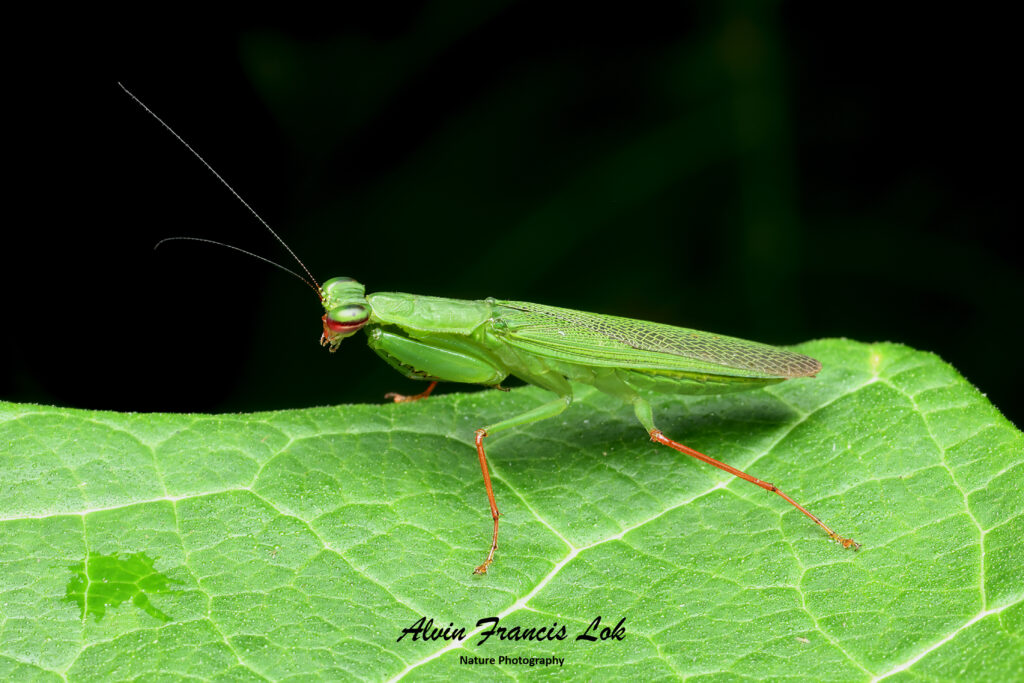
(Pahang, Malaysia)
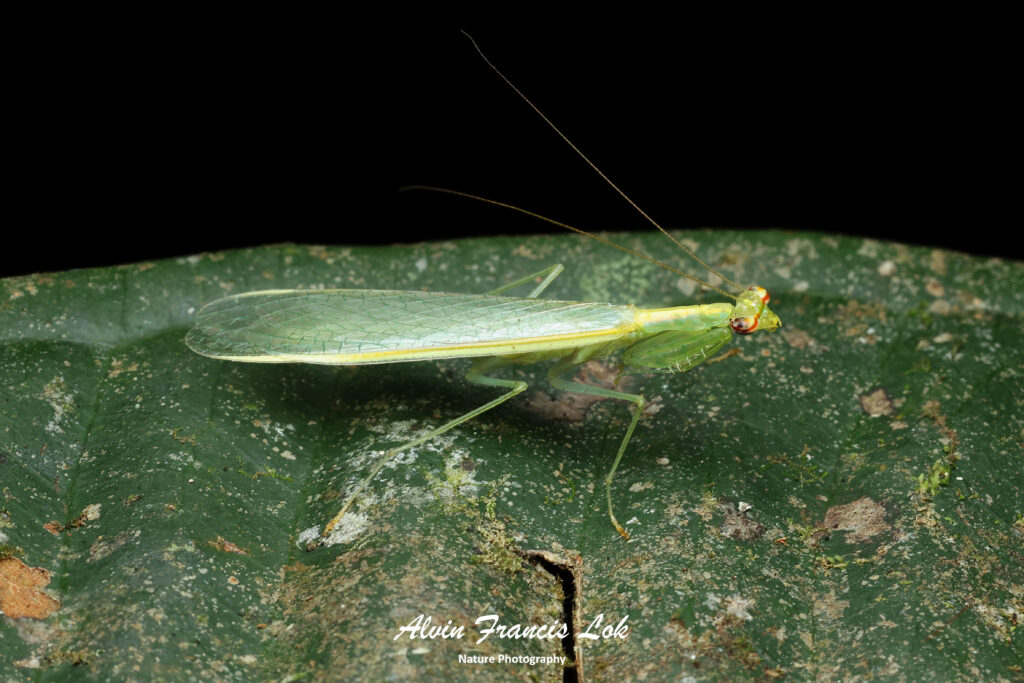
(Pahang, Malaysia)
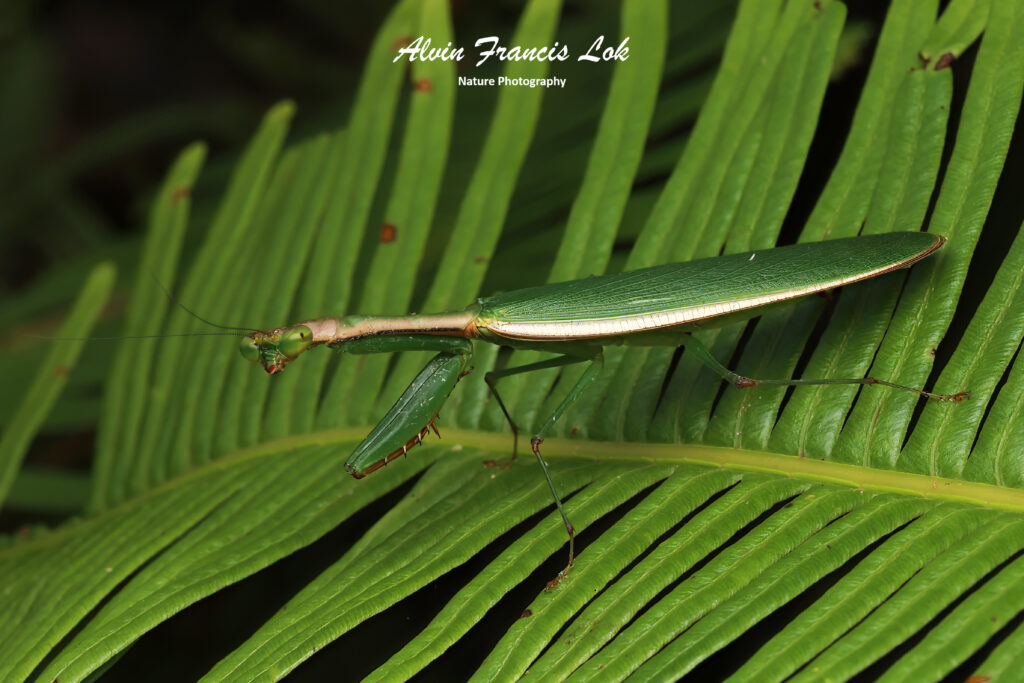
(Sabah, Malaysia)
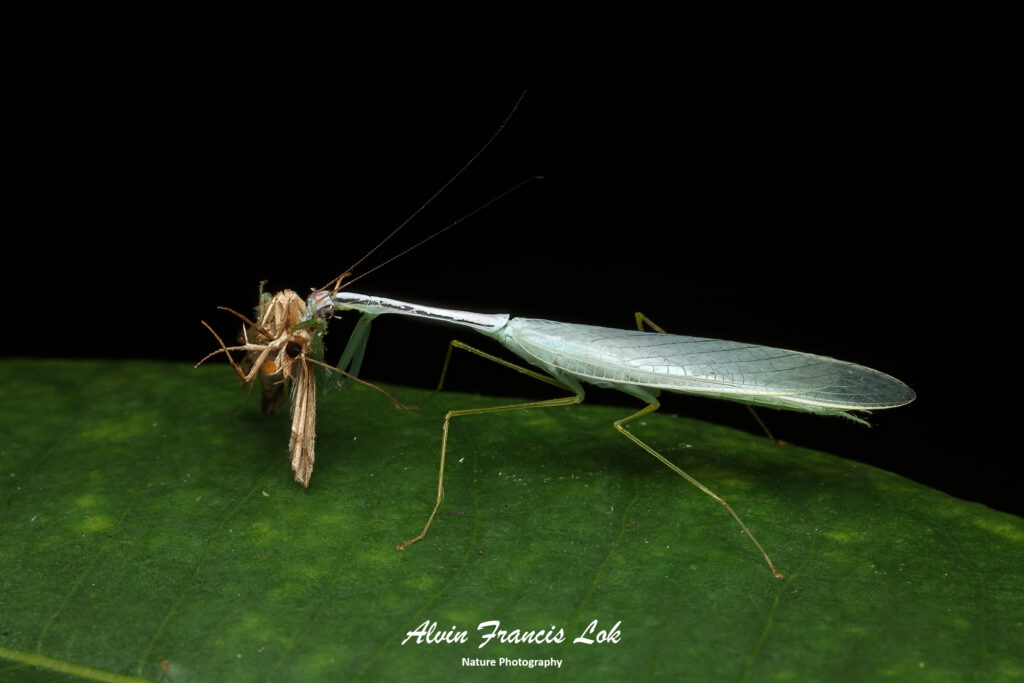
(Sabah, Malaysia)
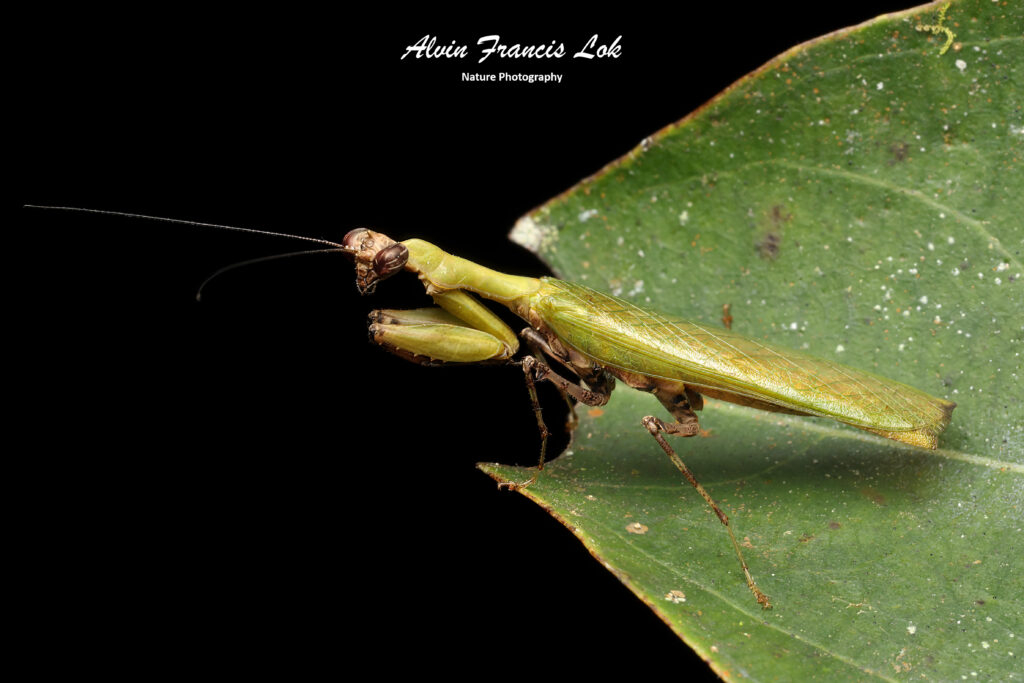
(Sabah, Malaysia)